The post 14 Women Working to Transform Human Health appeared first on San Diego Magazine.
]]>The Prebys Foundation is looking to change all that. In May, the San Diego–based charitable organization, in partnership with the Science Philanthropy Alliance, awarded $500,000 grants to 14 local women scientists working to transform human health. Intended to fund projects by research leaders from underrepresented groups, the org’s Research Heroes initiative also has the potential to transform treatments for cancer, Alzheimer’s, infectious viruses, and other illnesses. Meet the program’s first cohort.
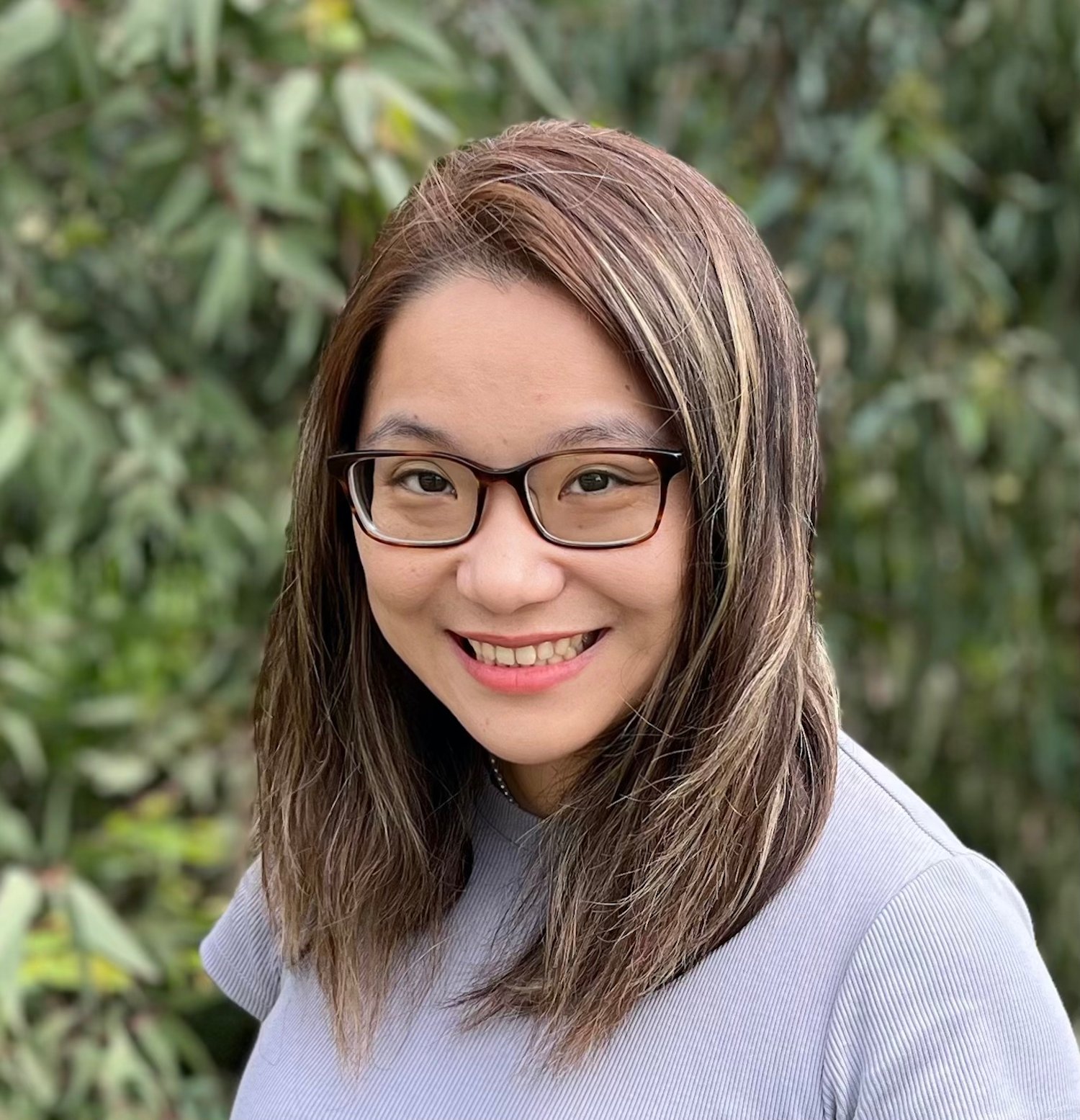
Xin Jin
Xin Jin is an assistant professor of neuroscience at Scripps Research. She is exploring brain development’s cellular mechanisms to better understand and track the progression of disorders like autism and schizophrenia.
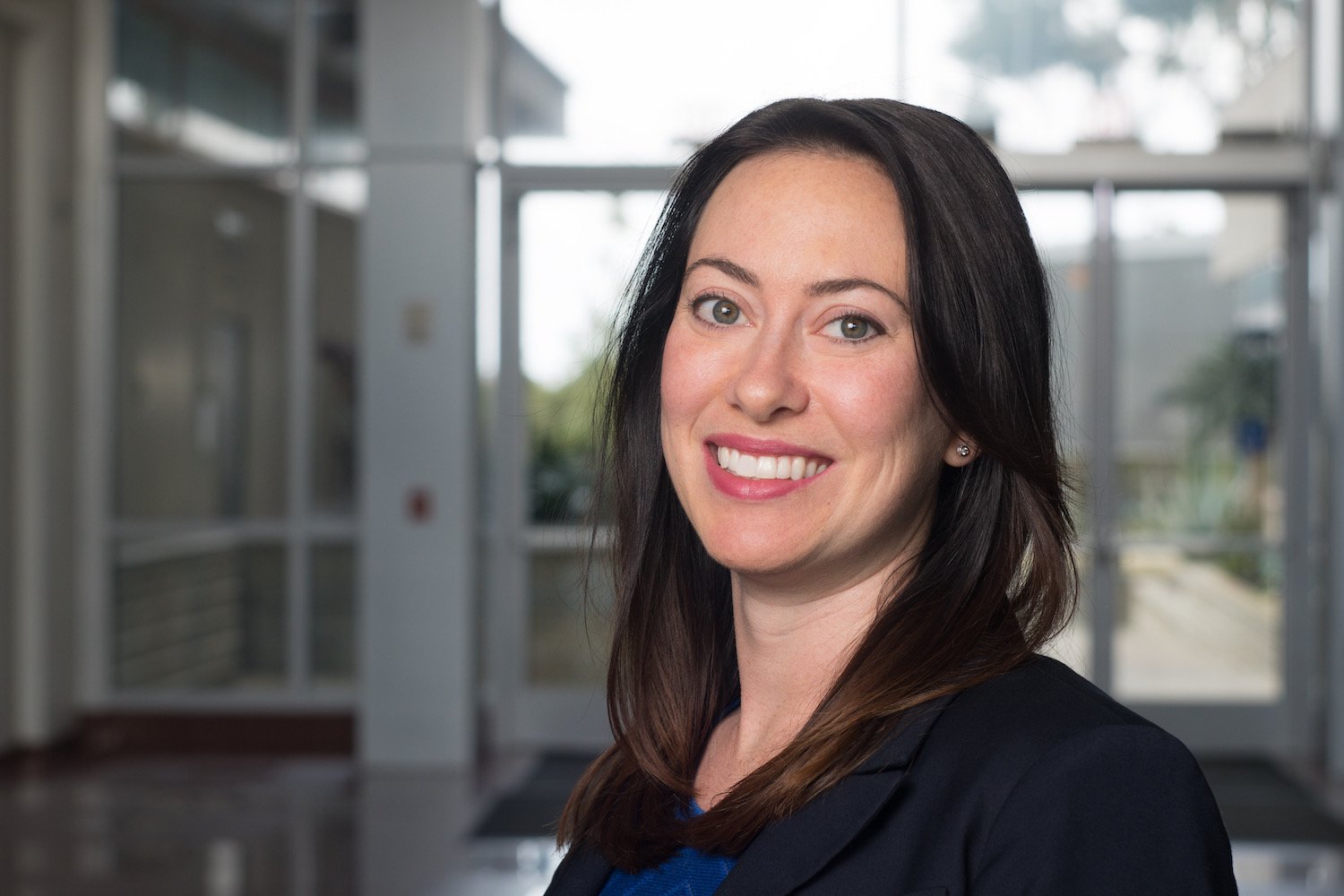
Stephanie Fraley
Stephanie Fraley is an associate professor of bioengineering at UC San Diego, leads a lab focused on improving infectious disease detection and finding treatments for cancer metastasis (or spread) to combat two leading causes of death around the globe.
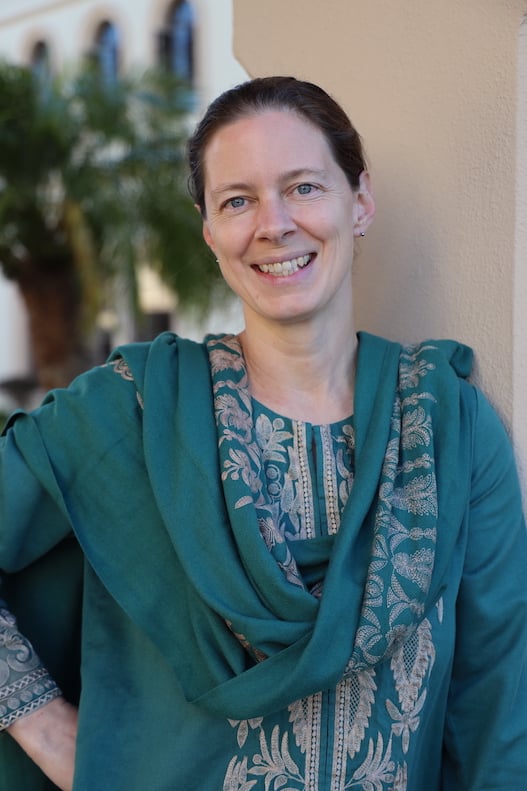
Rachel Blaser
Rachel Blaser is a professor of psychological sciences at the University of San Diego. She was awarded the grant for her groundbreaking research on human cognition and memory, which aims to detect early signs of cognitive decline, potentially transforming the approach to diseases like Alzheimer’s.
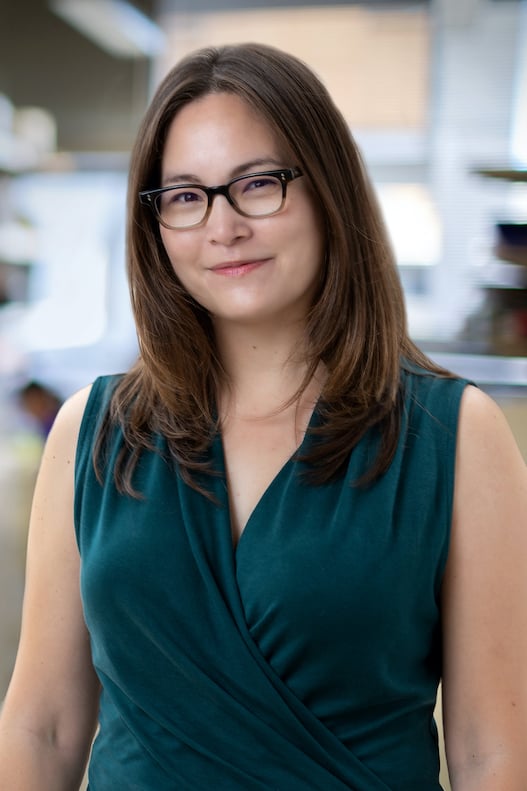
Dannielle Engle
Danielle Engle is an assistant professor and the Helen McLoraine Developmental Chair at the Salk Institute for Biological Studies’ Regulatory Biology Laboratory. She’s working to discover a quick and simple diagnostic marker for pancreatic cancer, similar to the PSA test for prostate cancer or screenings for colon cancer.

Razel Milo
Razel Milo is an associate professor of nursing and health science at the University of San Diego, as well as a family nurse practitioner and behavioral science researcher. She’s creating surveys in Tagalog to measure the life satisfaction and stress levels of Filipino Americans, hoping to improve healthcare for that community.
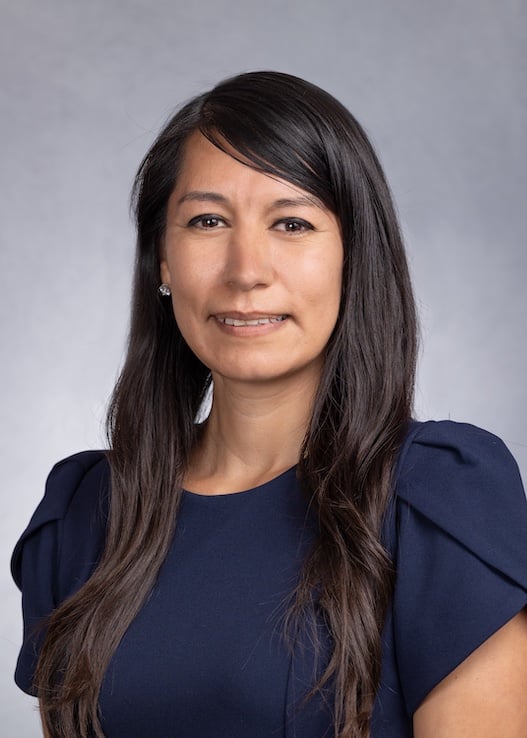
Angelica Riestra
Angelica Riestra is an assistant professor of biology at San Diego State University. She is developing ways to fight the parasite that causes trichomoniasis, a common sexually transmitted infection with links to cervical cancer, HIV, and other health issues.
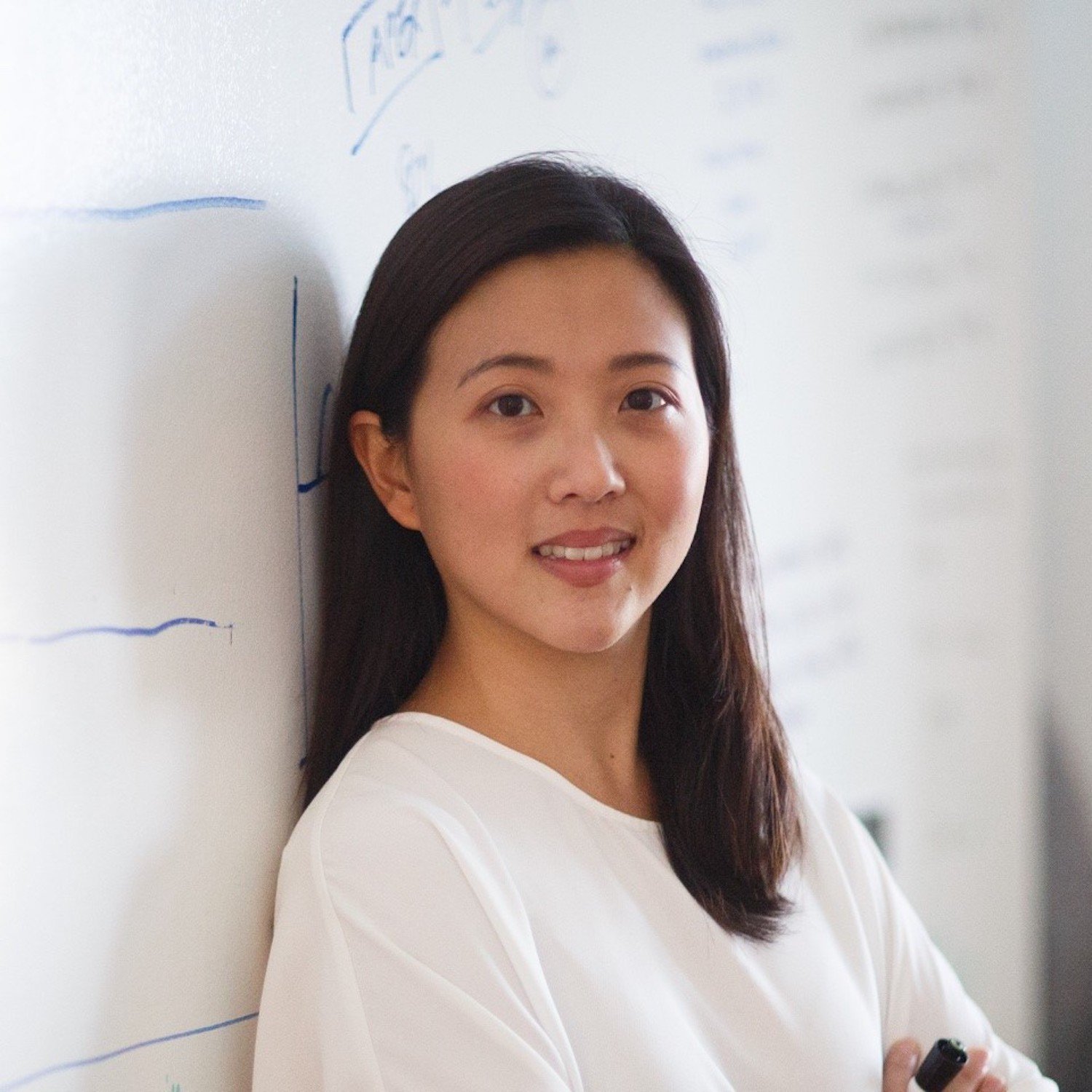
Mia Huang
Mia Huang is an associate professor of chemistry at Scripps Research, is studying the biological functions of glycans, a complex sugar molecule in the human body, with the aim to predict and reduce pregnancy health risks by finding early markers for potential complications.
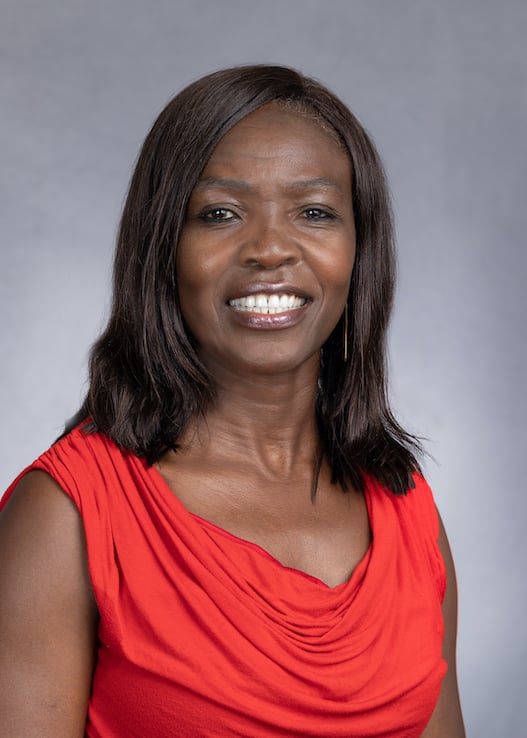
Marygorret Obonyo
Marygorret Obonyo is an associate professor at UC San Diego School of Medicine, is finding new methods to identify genes that increase the risk of developing gastric cancer—the third leading cause of cancer-related deaths—and forge effective new treatments for the disease.
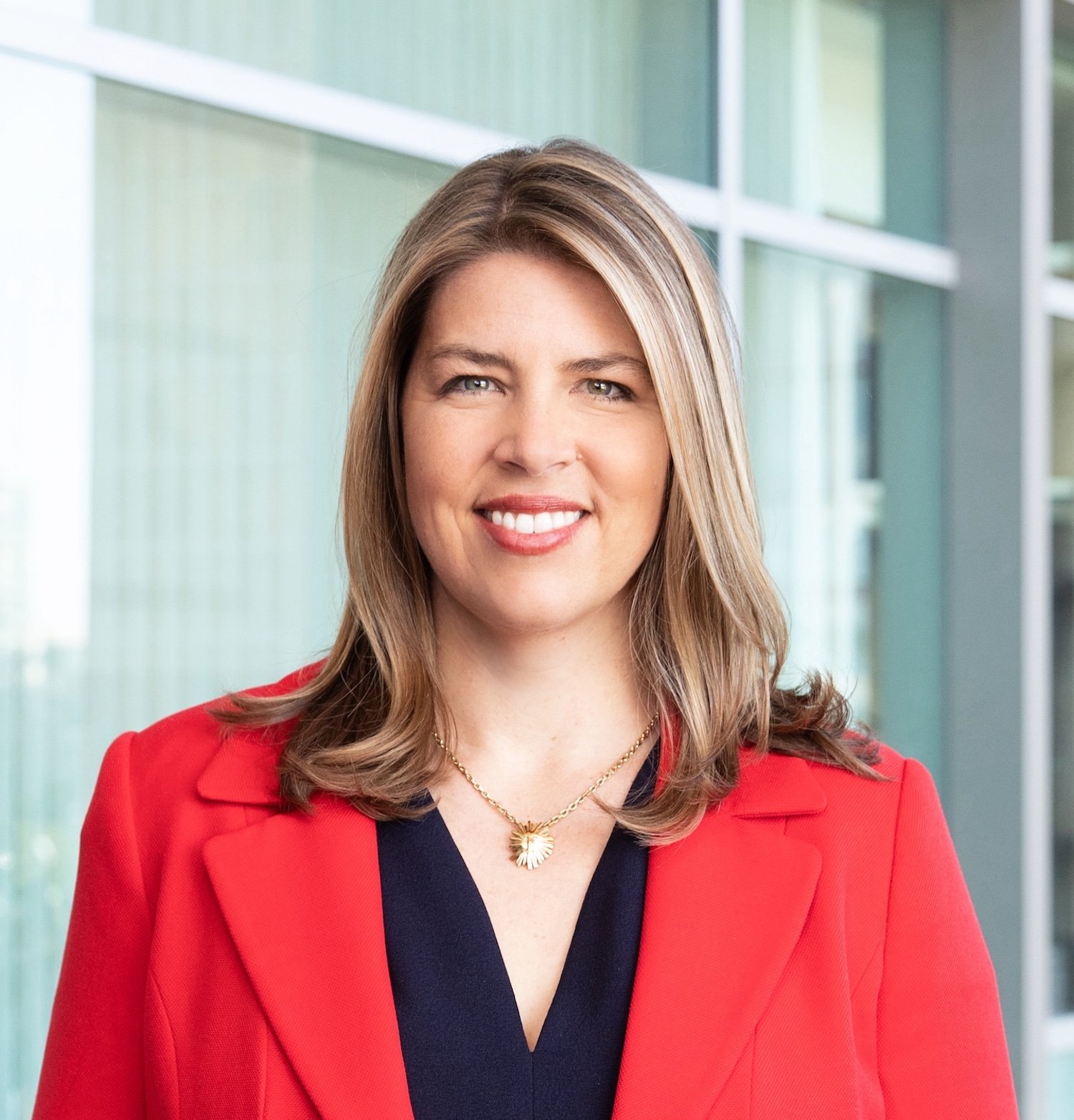
Erica Ollman Saphire
Erica Ollman Saphire is the president and CEO of the La Jolla Institute for Immunology. She’s working to determine why we get sick by researching how viruses interact with the immune system. She captures images of pathogens to learn where they are susceptible to antibodies.
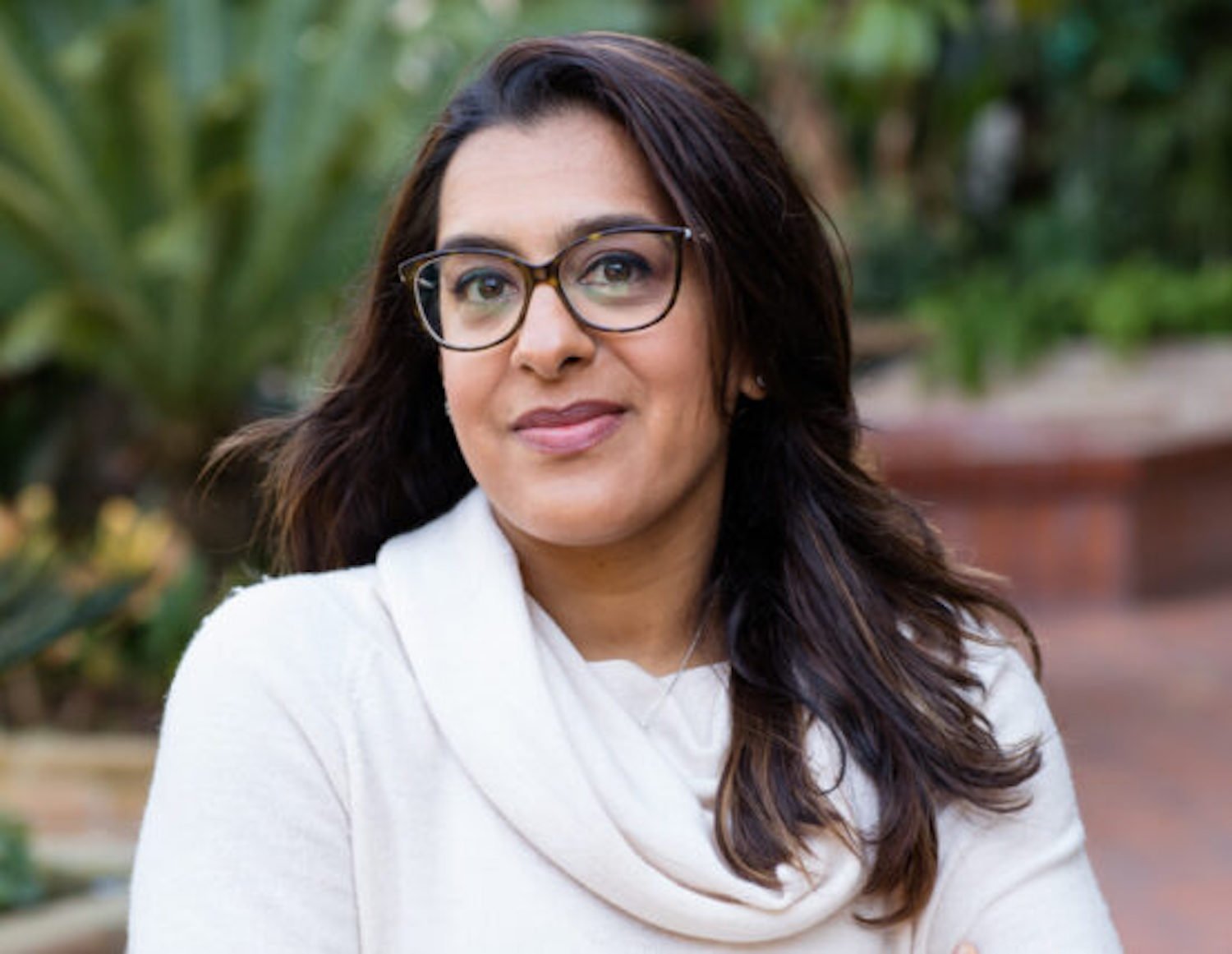
Sonia Sharma
Sonia Sharma is an associate professor at the La Jolla Institute for Immunology, is studying immune system differences between sexes, with the ultimate goal of creating new treatments for Alzheimer’s, which disproportionately impacts women.
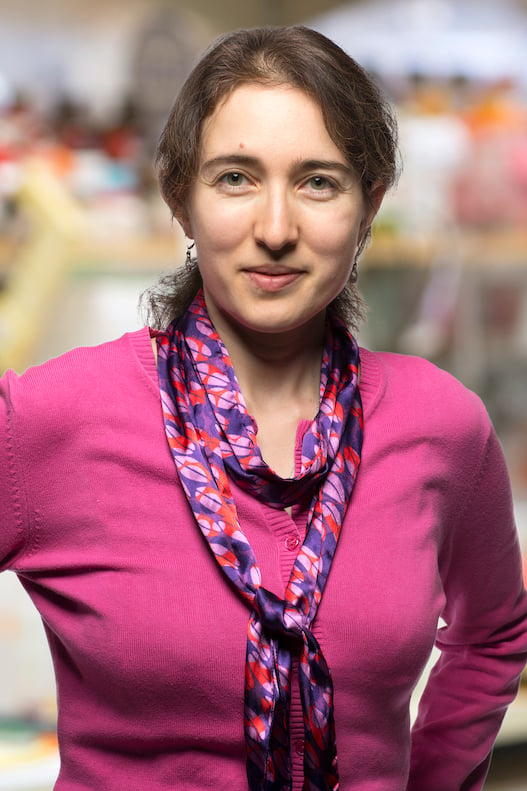
Tatyana Sharpee
Tatyana Sharpee is a neuroscientist and professor at the Salk Institute for Biological Studies. Drawing on her background in physics, she’s creating an algorithm to predict the impact of strokes, schizophrenia, and other diagnoses on the brain.
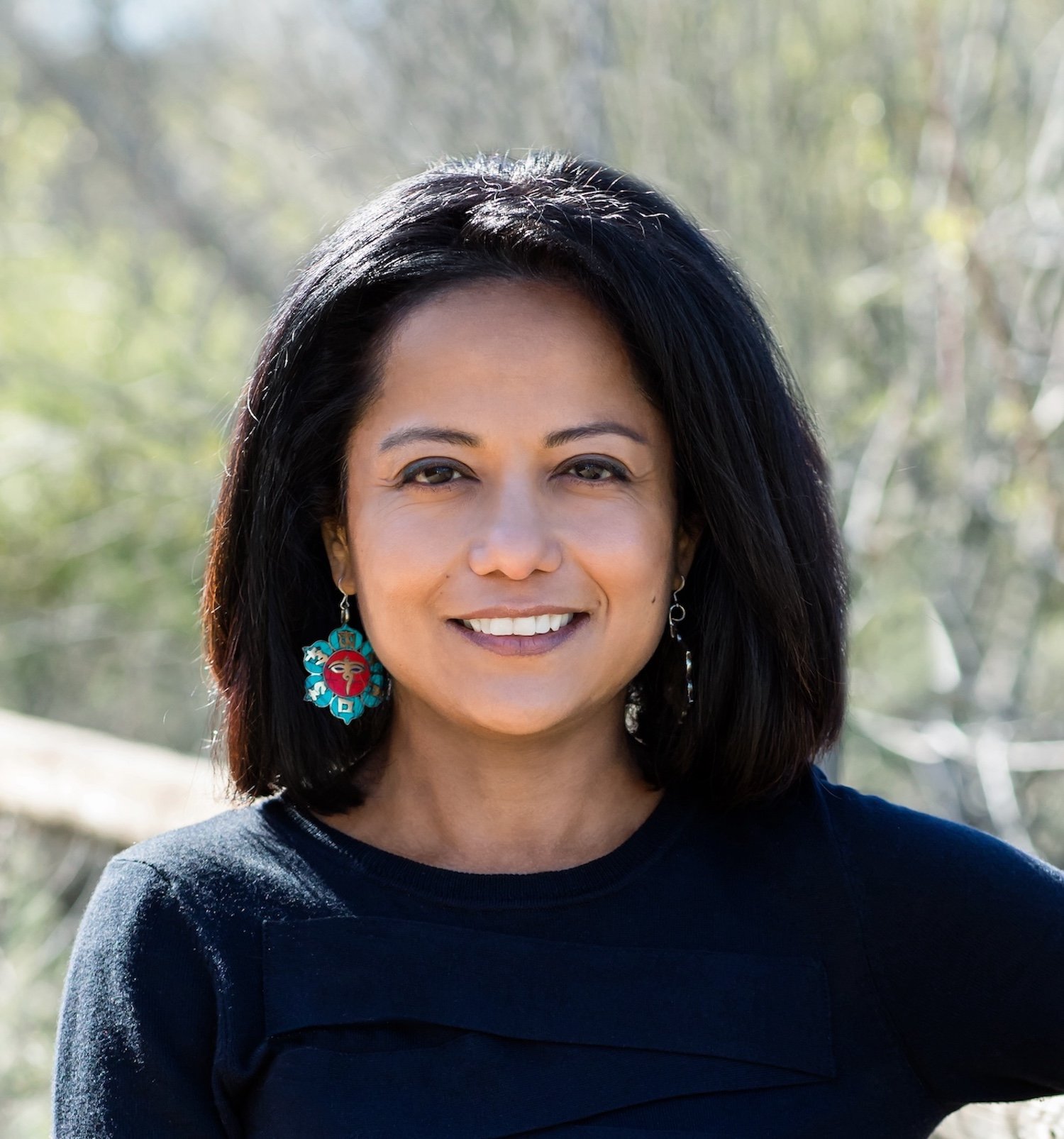
Sujan Shresta
Sujan Shresta is a researcher and professor at the La Jolla Institute of Immunology. The grant will help fund her mission to develop a vaccine that inoculates against multiple flaviviruses, a category that includes dengue, Zika, and West Nile.
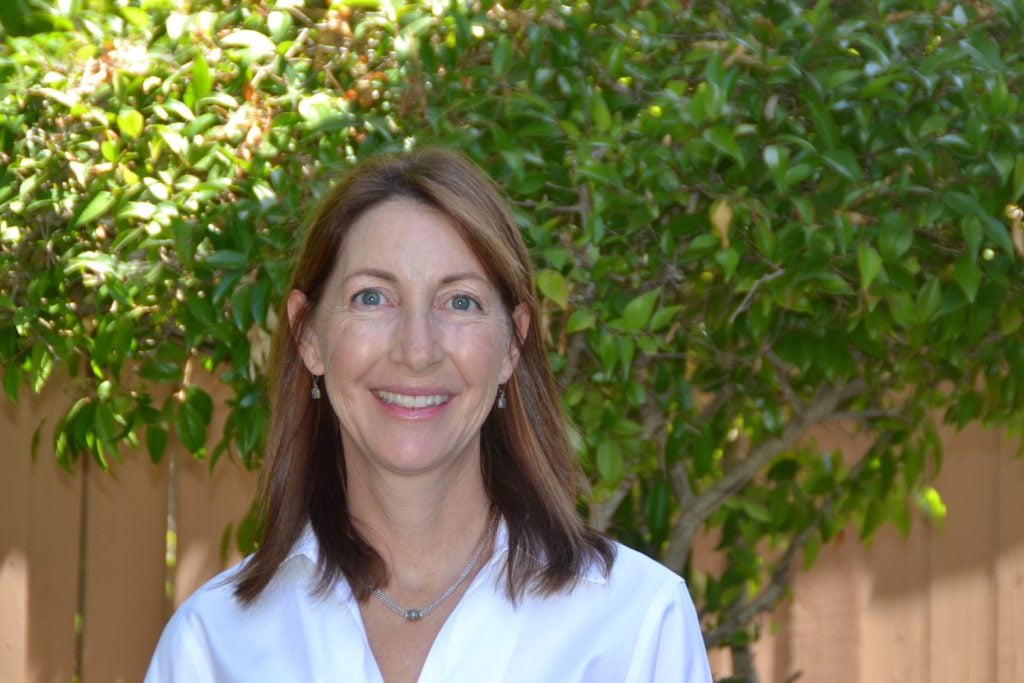
Lisa Stowers
Lisa Stowers is a neuroscientist and professor at Scripps Research focusing on the brain’s structure—especially the way it processes scents—in order to help progress treatments for depression, autism, dementia, Alzheimer’s, and other disorders.

Daniela Valdez-Jasso
Daniela Valdez-Jasso is an associate professor of bioengineering at UC San Diego. She’s seeking ways to diagnose and treat pulmonary hypertension—high blood pressure of the lungs—before the need for a lung transplant.
The post 14 Women Working to Transform Human Health appeared first on San Diego Magazine.
]]>The post How Will AI Change Our Healthcare? appeared first on San Diego Magazine.
]]>Part of the problem with sepsis is that there are a lot of ways it can present, which makes it tricky to diagnose. For years, Wardi had been trying to see if electronic health records could trigger an alert for doctors and nurses when someone becomes at risk.
“Unfortunately, those early alerts were wrong almost all the time, and you can imagine that in a busy hospital, your initial reaction is, ‘Get this thing away from me,’ because it’s wrong all the time, it changes your workflow, and no one likes it,” he says.
But when artificial intelligence entered the scene, Wardi wondered if AI models could more accurately predict who’s going to get sepsis.
“We focused on coming up with a way to pull data out of our emergency department in near real-time, look at about 150 variables, and generate an hourly prediction [for] who’s going to develop sepsis in the next four to six hours,” Wardi says, adding that the resulting deep-learning model is helping save some 50 lives a year at UC San Diego Health.
Across San Diego County, AI is reshaping healthcare. It transcribes audio from appointments and summarizes patient notes. It helps drug companies decode genetic data. It writes draft responses to patient questions. It chats with people with mild cognitive impairments. It even identifies breastfeeding-related conditions from pictures taken with a phone.
All of these enhancements are leading to lasting changes that will dramatically improve medicine, says Dr. Christopher Longhurst, chief medical officer at UC San Diego Health.
“I think the promise is a little overhyped in the next two or three years, but in the next seven to nine years, it’s going to completely change healthcare delivery,” Longhurst adds. “It’s going to be the biggest thing since antibiotics, because it’s going to lift every single doctor to be the best possible doctor and it’s going to empower patients in ways they never have been before.”
These may sound like high ideals, but the money piece of this equation seems to speak to a bright future for AI in healthcare. Investors are taking note of the technology’s promise. According to a recent Rock Health report, a third of the almost $6 billion invested in US digital health startups this year went to companies using AI.
However, all of these innovations come with big questions: Do patients know when AI is being used? Is patient data protected? Will human jobs be replaced? Does anyone really want to talk to a robot about their health? Some worry the technology is progressing so quickly that these concerns will go unaddressed.
“I just hope we don’t get too excited before the technology is really where it needs to be,” says Jillian Tullis, the director of biomedical ethics at University of San Diego. “I’m thinking of Jurassic Park—just because we can do it doesn’t mean we should do it.”
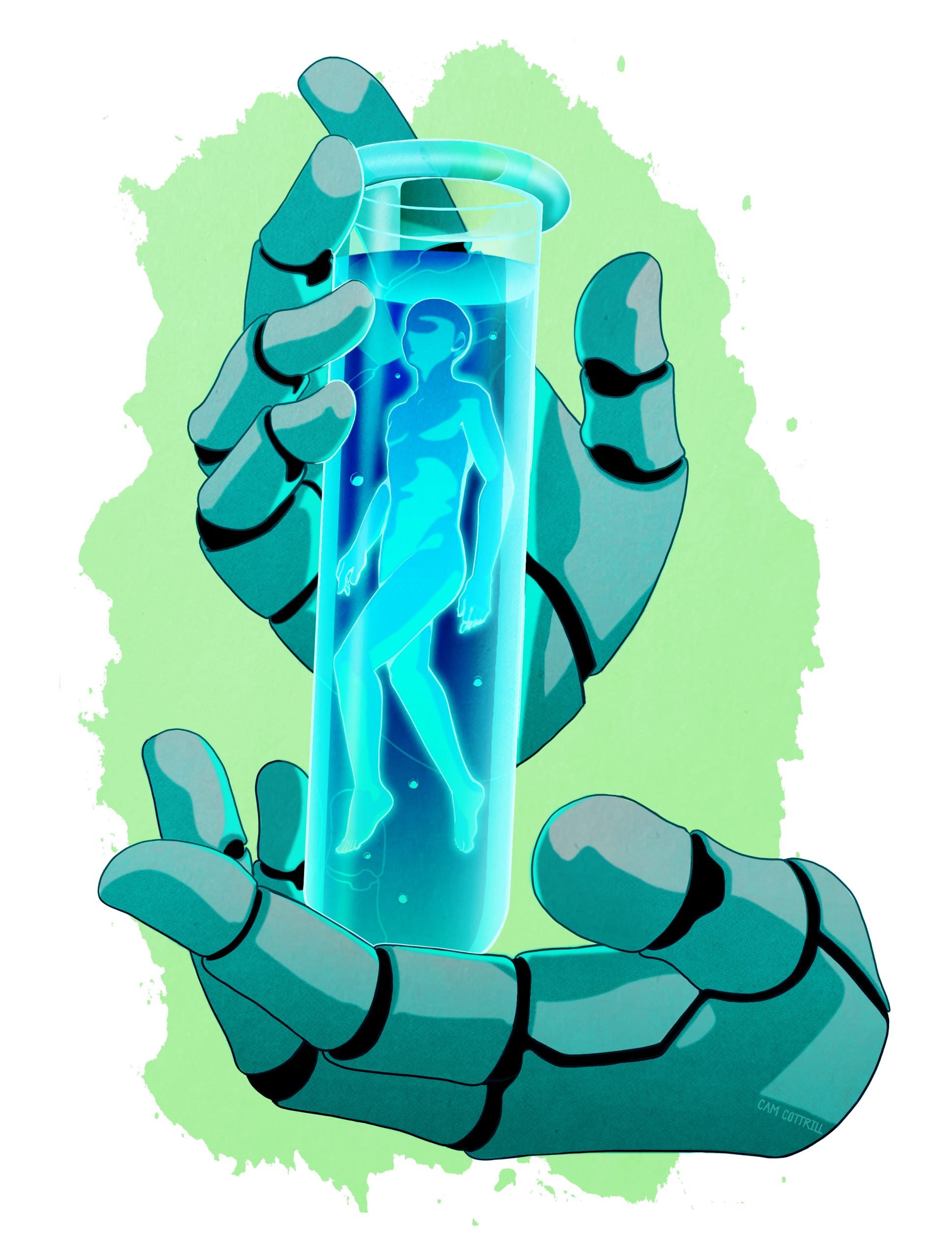
The promise—and pitfalls—of AI as a diagnostic tool
Even providers themselves aren’t always keen on utilizing AI programs such as Wardi’s sepsis model.
“Doctors and nurses are usually very, very smart people, and not all of them are going to be excited about having some kind of form of artificial intelligence suggest that someone might be developing sepsis,” Wardi says. “The more senior the physician, the more likely they are not to find value in the model. It could be a generational thing … Younger people are more excited about AI.”
Wardi compares the skepticism around AI to 19th-century physicians’ resistance to the stethoscope. “[Doctors thought] it had no value and would ruin the profession,” he says. “Now, it’s a symbol of medicine.”
Methods like the sepsis model can be expanded to predict the risk of other diseases, such as cardiovascular conditions, Alzheimer’s, and cancer, says Dr. Eric Topol, director and founder of the Scripps Research Translational Institute.
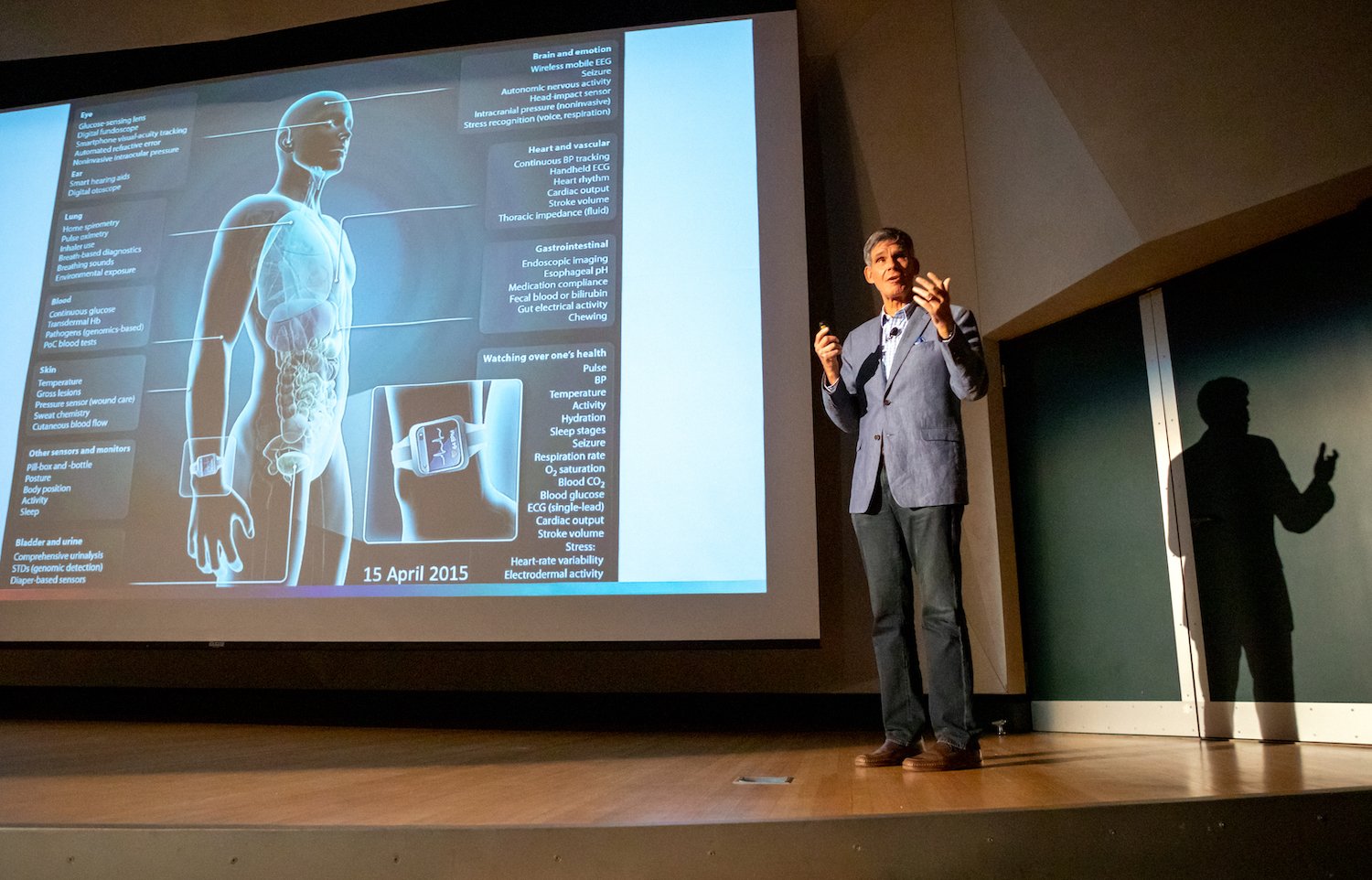
“So we take all of a person’s data—that includes their electronic health record, their lab tests, their scans, their genome, their gut microbiome, [and their] sensor data, environmental data, and social determinant data,” he explains. “We can fold that all together and be able to very precisely say this person is at high risk for this particular condition.”
According to Topol, Scripps researchers are even using pictures of the retina to predict Alzheimer’s and Parkinson’s years before any symptoms show up. “Machine eyes or digital eyes can see things that humans will never see,” Topol adds.
Meanwhile, at the San Diego biotech company Illumina, researchers are using an algorithm to analyze genetic information and find mutations that cause disease.
But creating this type of intelligence is a challenge compared to building programs like ChatGPT, which train on data from the internet. Dr. Kyle Farh, VP of Illumina’s Artificial Intelligence Lab, has turned to primates, sequencing their DNA and using that data to train the company’s model, PrimateAI-3D. He hopes to one day use the model to diagnose rare genetic diseases.
Tullis at USD says she’s all for predicting and preventing illness, but she’s worried about the other uses of AI.
“When I read stories about doctors who are fighting with insurance companies about whether or not patients should get certain procedures or treatment, but the insurance company uses an algorithm to make a determination… I get really nervous,” she says.
Diagnosis often requires a human touch, she adds.
“You can look at people’s nail beds; you can look at lumps or rashes in particular ways; you can feel people’s skin if it’s clammy and cold,” she says. “The algorithm can’t do that.”

Saving time while protecting patient data
Anyone who’s used an AI model to draft an email or write a cover letter knows it can save a massive amount of time. And doctors and nurses in San Diego are already utilizing AI to take care of some of their more menial tasks.
Several health systems, including Scripps Health, use AI to generate post-exam notes, answer patient questions, and summarize clinical appointments. It can reduce documentation time to “about seven to 10 seconds,” says Shane Thielman, chief information officer at Scripps. “It’s enabled certain physicians to be able to see additional patients in the course of a given shift or day.”
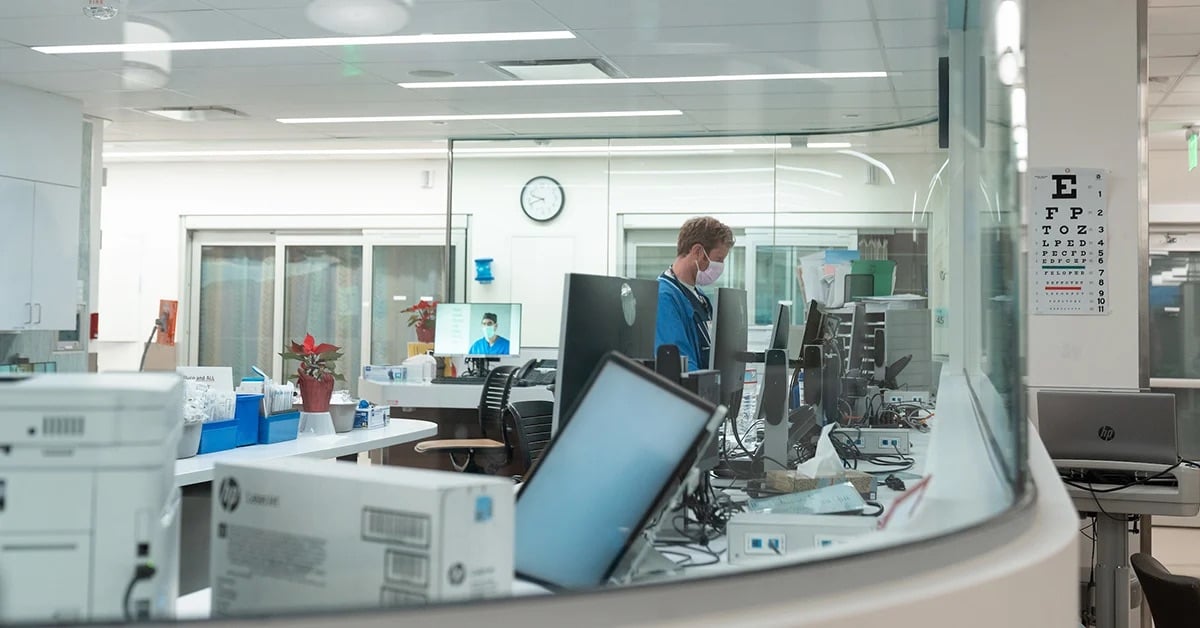
UCSD uses a similar system. According to Longhurst, it’s freed doctors up to focus on patients—not computer screens—during appointments.
“That’s really about rehumanizing the exam room experience,” he says. Since they don’t have to take notes, physicians can make eye contact with patients while the tech transcribes their conversations.
But the approach raises concerns about consent and data privacy. Jeeyun (Sophia) Baik, an assistant professor who researches communication technology at University of San Diego, recently studied loopholes in federal HIPAA law that health data can fall into.
HIPAA does not currently protect health data collected by things like fitness apps or Apple Watches, she says. And that legislative gap “could apply to any emerging use cases of AI in the areas of medicine and healthcare, as well,” Baik adds.
For example, if physicians want to utilize protected health data for any purpose beyond providing healthcare services directly to the patient, they’re supposed to get the patient’s authorization. But it’s debatable whether that applies if healthcare providers start to use the information to train artificial intelligence.
“It can be controversial, in some cases, whether the use of AI aligns with the original purpose of healthcare service provisions the patients initially agreed to,” Baik says. “So there are definitely some gray areas that would merit further clarification and regulations or guidelines from the government.”
A recent California state bill, SB 1120, attempts to clear up those gray areas by requiring health insurers that use artificial intelligence to ensure the tool meets specified safety and equity criteria.
Thielman with Scripps Health says patients must always give consent before the AI tool takes notes on appointments. If a patient declines, providers won’t use the technology. However, “it happens very rarely that we have a patient that doesn’t consent,” he adds.
And, he continues, a human always looks over automated, AI-generated messages answering patient questions. But Scripps doesn’t tell patients that it’s using AI “because we have an appropriate member of the care team doing a formal review and signing off before they release the note,” he says.
It’s the same case at UCSD.
“There’s no button that says, ‘Just send [the message to the patient] now,’” Longhurst explains. “You have to edit the draft if you’re going to use the AI-generated draft. That’s adhering to our principle of accountability.”
Jon McManus, chief data, AI and development officer for Sharp HealthCare, says he realized an internal AI model was necessary to ensure employees and providers didn’t accidentally input patient data into less secure algorithms like ChatGPT. “We were able to block most commercial AI websites from the Sharp Network,” he explains. Instead, his team created a program called SharpAI. It’s used for tasks like summarizing meeting minutes, creating training curriculum, and drafting proposed nutrition plans.
Fixing mistakes—and possibly making them
With artificial intelligence technology, telehealth services could get way more advanced—Jessica de Souza, a graduate student in electrical and computer engineering at UCSD, is currently working on a system that would allow parents experiencing breastfeeding problems to send photos of their breasts to lactation consultants, who could use AI to diagnose what’s wrong. De Souza created a dataset of breast diseases and trained AI to identify patterns that could indicate issues such as nipple trauma.
Meanwhile, Laurel Riek, a computer science professor at UCSD, designed a small, tabletop robot called “Cognitively Assistive Robot for Motivation and Neurorehabilitation,” or CARMEN (the name is inspired by Carmen San Diego). CARMEN helps people with mild cognitive impairment improve memory and attention and learn skills to better function at home.
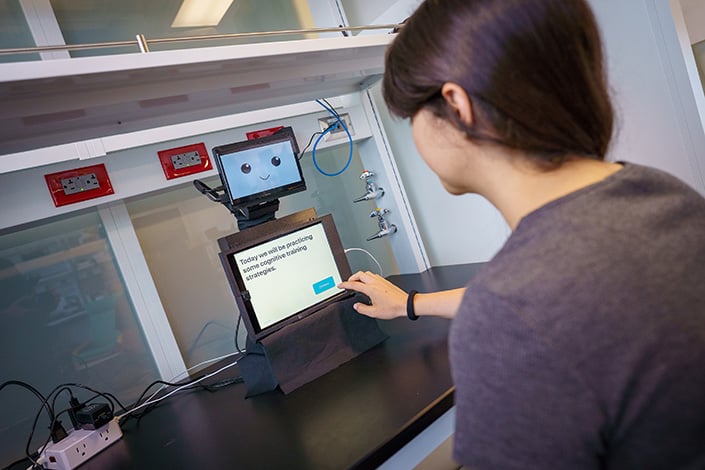
“Many [patients] were not able to access care,” she says. “The idea behind CARMEN is that it could help transfer practices from the clinic into the home.”
Uses like these offer another vision for AI in healthcare: to improve patient care by helping doctors assess conditions and find mistakes.
“One of the big things is getting rid of medical errors, which are prevalent,” Topol says. “Each year in the United States, there are 12 million diagnostic medical errors.” According to Topol, those errors cause serious, disabling conditions or death for about 800,000 Americans per year.
He believes that AI can help shrink that number considerably. For example, doctors are utilizing it to review cardiograms, checking if there’s anything a human review missed.
But, Topol cautions, you can’t rely solely on AI. “In anything involving a patient, you don’t want to have the AI promote errors,” he says. “That’s the thing we’re trying to get rid of. So that’s why a human in [the] loop is so important. You don’t let the AI do things on its own. You just integrate that with the oversight of a nurse, doctor, [or] clinician.”
No matter how advanced artificial intelligence programs get, he sees no future where AI would handle diagnosis without human eyes.
“You don’t want to flub that up,” he says. “And patients should demand it.”
Algorithmic bias
An additional hope for AI is that it could correct for implicit racism in medicine, since machines, in theory, don’t see skin color. But the data on which algorithms are built is inherently imperfect.
“The medical bias could be already built into the existing information that’s out there,” Tullis says. “And, if you’re drawing from that information, then the bias is still there. I think that’s a work in progress.”
For example, an AI tool designed to detect breast cancer risk would be trained on previously gathered population data. “But they didn’t get as many Black women as they would like to be included in that data,” Tullis explains. “And then what does that mean for the quality of the data that has been used to maybe make decisions?”
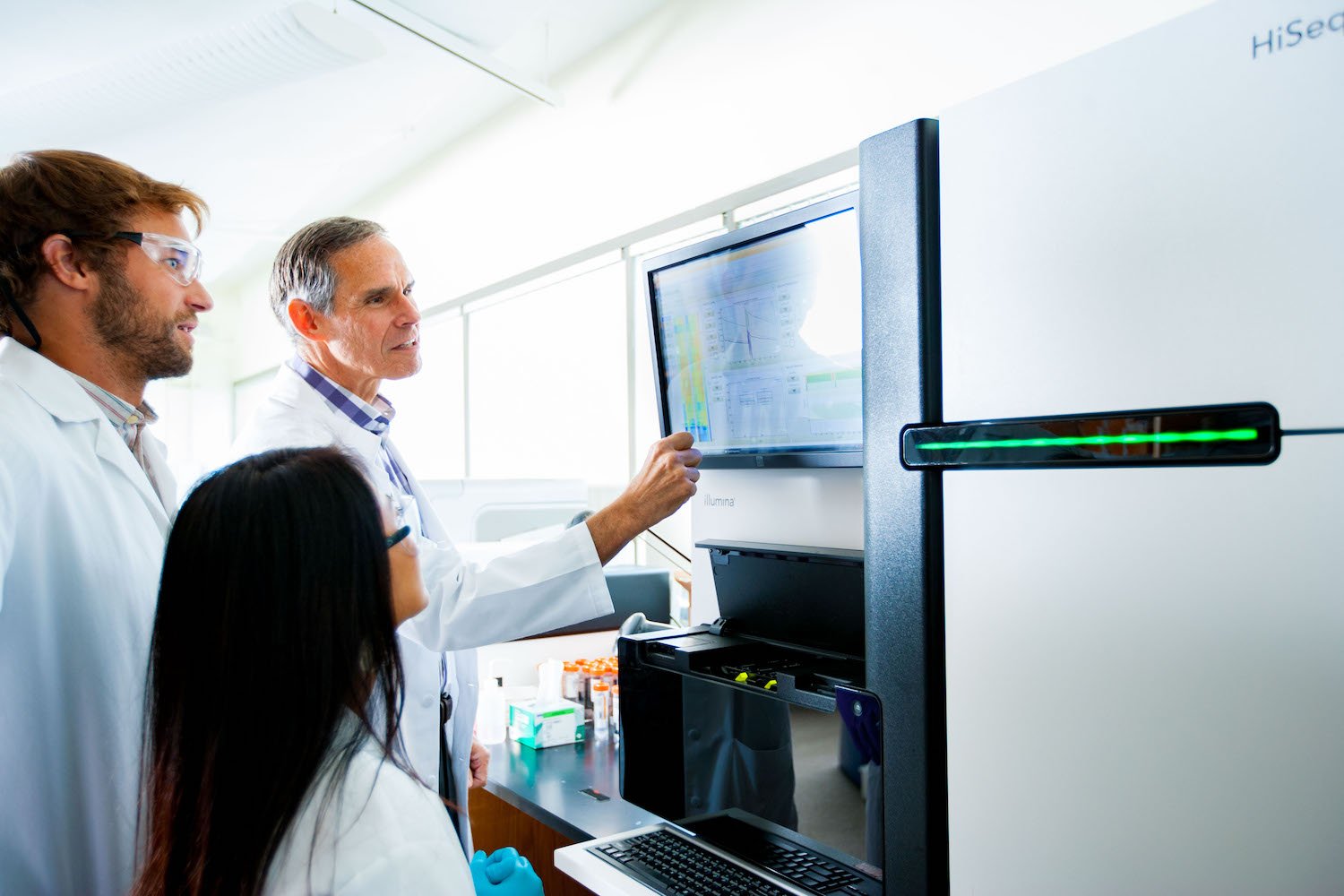
But there’s bias in every data set, Longhurst says. The key is to choose the right data for the population you’re working with to help address disparities. He points back to the sepsis model. That algorithm, he says, actually performed far better in UCSD’s Hillcrest hospital than in La Jolla.
“Why is that? Well, we tuned the algorithm to identify cases of sepsis that weren’t being picked up [by physicians] until later,” he adds. “We serve different populations in those different emergency departments.”
Patients at the Hillcrest location tend to be younger, which makes it harder to diagnose sepsis early, he says. But the AI algorithm helped to close that gap.
“These tools are going to change healthcare delivery more in the next 10 years than healthcare has changed in the last 50,” Longhurst says. But he hopes the industry doesn’t get ahead of itself—after all, he suggests, what if the FDA approved a new drug for breast cancer and simply said, “It has very few side effects?”
“You’re like, ‘Well, that’s great, but how does it work?’ They’re like, ‘Well, we don’t really know. We don’t have the data,’” he continues. “That’s what’s going on now. It’s like the Wild West. Our argument is that we really need local testing that is focused on real outcomes that matter to patients. That’s it.”
The post How Will AI Change Our Healthcare? appeared first on San Diego Magazine.
]]>The post Finding Catharsis at Murrieta Hot Springs Resort appeared first on San Diego Magazine.
]]>I’m on the Kneipp Walk at Murrieta Hot Springs Resort, a “contrast bathing” experience where practitioners wade through alternating hot and cold pools to supposedly reduce inflammation, stimulate circulation, and jolt the system into a heightened state of awareness. I had resisted even bothering with it—I came to the resort to relax, but I found myself buzzing with energy. I left at peace, but not via the route I expected.

To me and many other parents, summertime sometimes feels like a tumultuous lack of routine rather than an idyllic vacation captured on film to achieve maximum Instagram envy. Every week brings a new camp for my elementary school-aged son—and, with it, a new wake-up time, drop-off point, and rules for what to wear, when to eat, and who’s in charge. By the time we establish a groove, it’s time to move to the next activity. When my son felt rudderless and anxious, I tried to absorb some of his feelings to lighten the load. By the end of the summer, we were both drained.
So, I thought, what better way to celebrate back-to-school than by recharging at a hot springs resort. In… August? In Murrieta, a nearby Riverside County city where late summer temps average 91 degrees? I figured if I couldn’t consciously release the tension I’d held over the past few months, then by God, I would sweat it out.
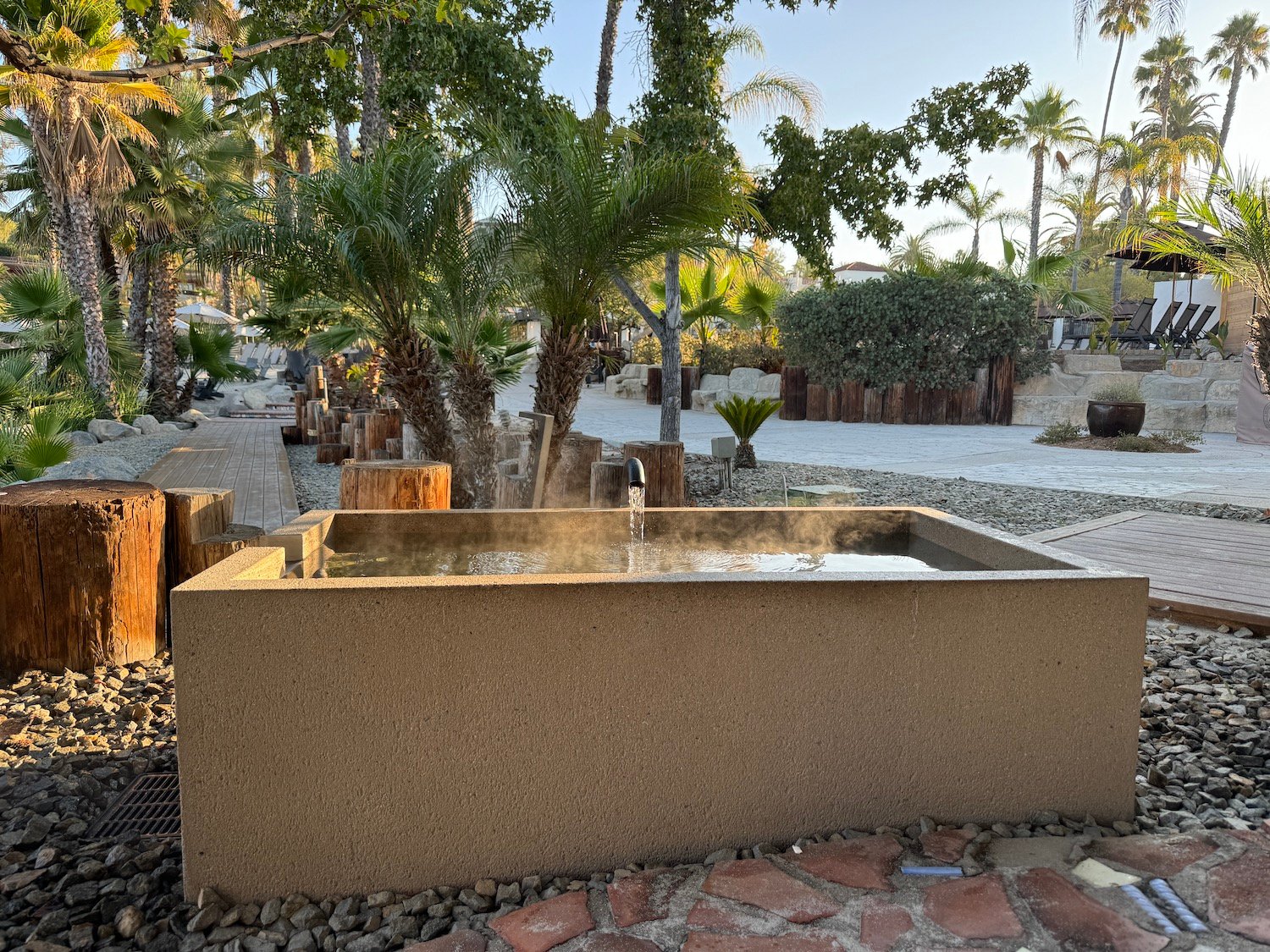
I was already familiar with the hot springs resort routine—submerge yourself in murky, steaming pools and let the calcium, boron, potassium, and other silky-soft minerals wash over your now-slippery body in a nourishing bath for the mind and spirit. Drink water. Wear sunscreen. I was ready, with my fellow mom friend Kim along for the ride, who needed a cosmic top-off as much as I did.
“I just want my spirit to leave my body for a little while,” I texted her the day before we departed for the resort. “Just like, become one with the void momentarily.”
I didn’t realize how prescient my words would become. We had an unexpectedly full schedule of activities for our overnight stay—dinner, drinks, a sleep ritual massage, a sunrise sweat class, aqua yoga, and a sound bath to top it all off. That didn’t even include our own exploration of the property, which features a second-story cedar sauna room with panoramic views, a geothermal mud experience, and pools and hot tubs of all temperatures scattered across the 46-acre, newly renovated property.
Glancing at the itinerary sent a twinge of anxiety rippling down my spine. Too much, too much, I thought. But I needed to get out of my rut, my carefully guarded tendency to stick to what I know and pooh-pooh the unfamiliar. I would go with the flow—the carefully tailored, jam-packed flow.
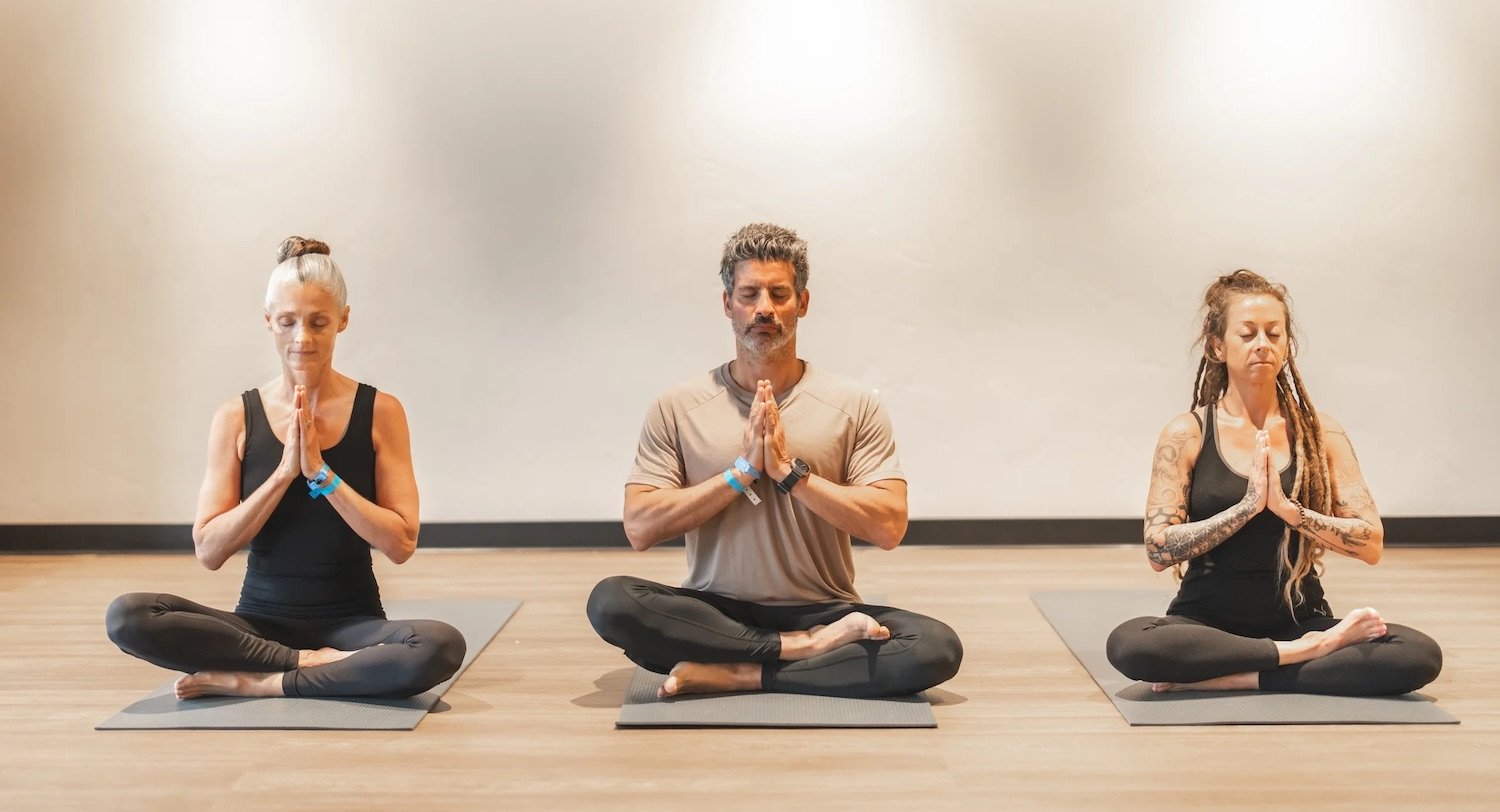
I hadn’t signed up for a heart attack at the hot springs, but about five seconds into a hardcore fitness class that kicked off promptly at 7:15 am, I thought I might be on the verge of one. I don’t do Crossfit. I do yoga (often the sleepy kind). Thrown into the gauntlet of physical activity, my mantra was “Be open to the experience.”
I had to keep reminding myself of that as the trainer introduced me to a new, special kind of torture: medicine ball burpees. I reminded myself when I pushed a sled across the padded floor. I reminded myself on the exercise bike. And I congratulated myself when I managed to limp my way out of the gym and slide into the pool for aqua yoga which, as it turns out, is surprisingly demanding on one’s balance and muscles.
By the end of the session, my face barely cleared the water line in the 101-degree tub. How was it not even 9 a.m. and I was drained of energy and ability, all the looseness of the previous night’s massage evaporating into an all-too-familiar sense of mental and physical fatigue? Why did I allow my journey to recenter get commandeered by a to-do list? Hadn’t I come to escape that exact pitfall? Where did the balance between being flexible and being comfortable fall?
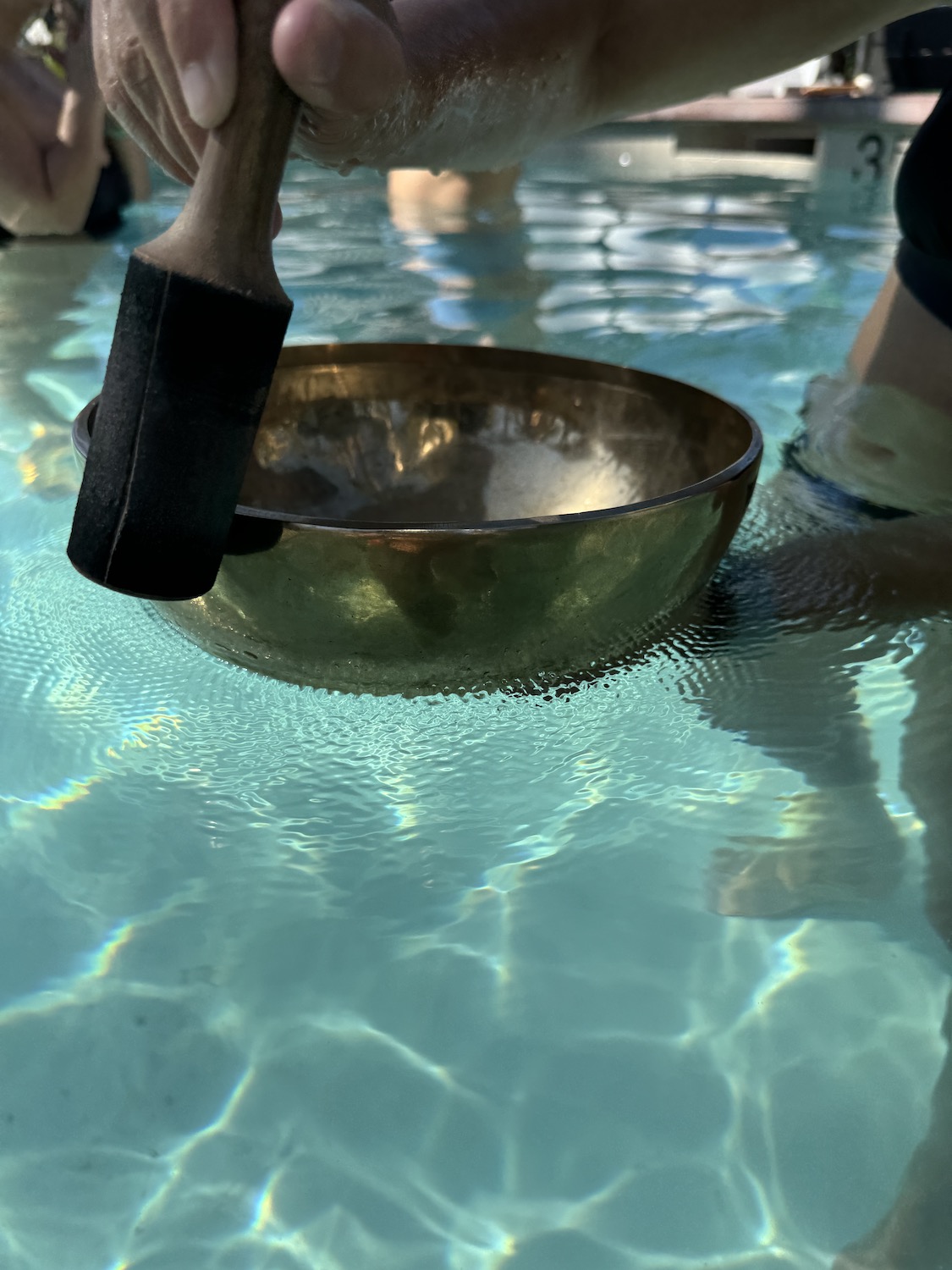
At least my last scheduled activity—the aqua sound bath—required zero physical effort.
I, somewhat laboriously, leaned against the back of the tub with Kim and ten other participants, our bodies circling around a small collection of singing bowls gently guided by two specialists working in tandem. It wasn’t my first sound bath, but it was my first time experiencing it in water.
As it began, the balmy, mineral-laden liquid acted as a conduit for the sound waves, pulsing through the water in an all-enveloping vibration, resounding gutterally through my entire core and shaking me from the tips of my fingers to the backs of my eyes. My eyes closed involuntarily, my spirit lost in the reverberations.
I saw myself from a distance. My entire self: wife, mother, friend, individual—everything and more. I saw my guilt for time away and my desire for more of it, the past that led me to this present, my ability to adjust to the unexpected and to hold fast to my own limits. I knew who I was and what I was capable of. I just needed the space and grace to find myself again.
By the end, more than one person had tears on their face, each salty drop adding to the communal waters. Once more, the pain had given way to release. My catharsis had not arrived the way I’d expected. But it came all the same.

Dos and Don’ts at Murrieta Hot Springs Resort
Dos:
- Get a massage. After soaking in hot mineral pools all day, your body will be primed for relaxation.
- Drink lots of water. There are fill-up stations all over the place. Use them.
- Bring a water bottle, sandals, sunscreen, and as little else as possible.
Don’ts:
- Bother bringing cash—the entire property is conveniently cashless.
- Bring food, other than maybe some small snacks. Instead, opt for one of the onsite snack bars or restaurants like Guenther’s Lounge.
- Drink a lot of alcohol. Trust me.
The post Finding Catharsis at Murrieta Hot Springs Resort appeared first on San Diego Magazine.
]]>The post 6 of the Best Outdoor Climbing Spots Within an Hour of San Diego appeared first on San Diego Magazine.
]]>Fortunately for us, San Diego boasts a wealth of rocks, crags, and mountains—all within an hour’s drive. Ready to get climbing? Here are six of the best outdoor climbing spots around San Diego:
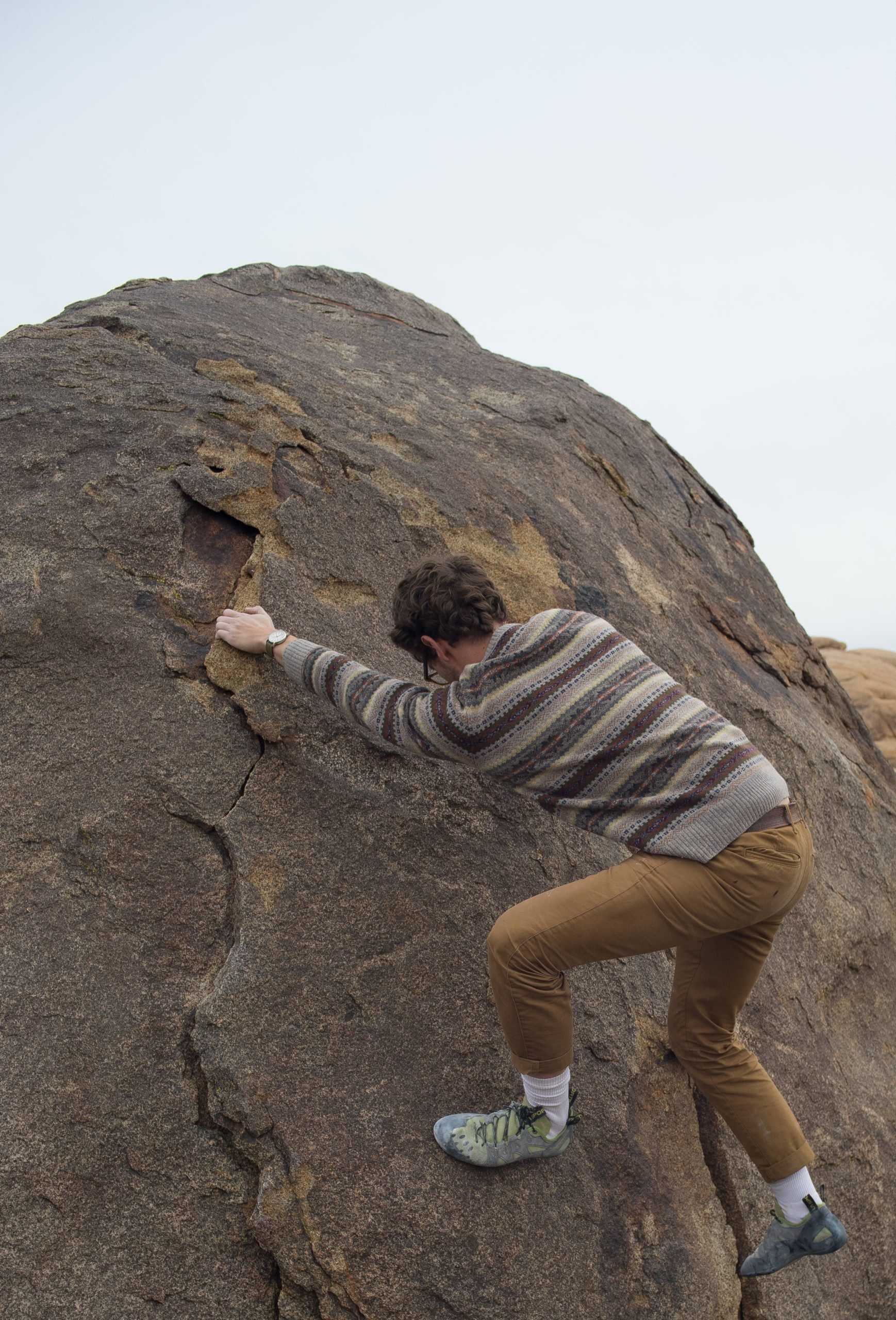
One of the various beginner-friendly boulder routes found at Santee Boulders
Santee Boulders
Arguably the most accessible and beginner-friendly climbing spot in San Diego, Santee Boulders is located just 45 minutes from downtown with parking available at the West Hills Park.
This outdoor jungle gym is home to 151 climbing routes, including beginner boulder routes like The Knobs (V0) with its distinct jug holds indoor climbers will appreciate, fun slabs like The Face (5.9) where you can test your balance, and more advanced projects like Bullet Hole Face (5.10+), perfect for top roping or dicey high-ball bouldering. Santee Boulders is an excellent introduction for indoor climbers to the more abrasive realities of outdoor rock climbing.
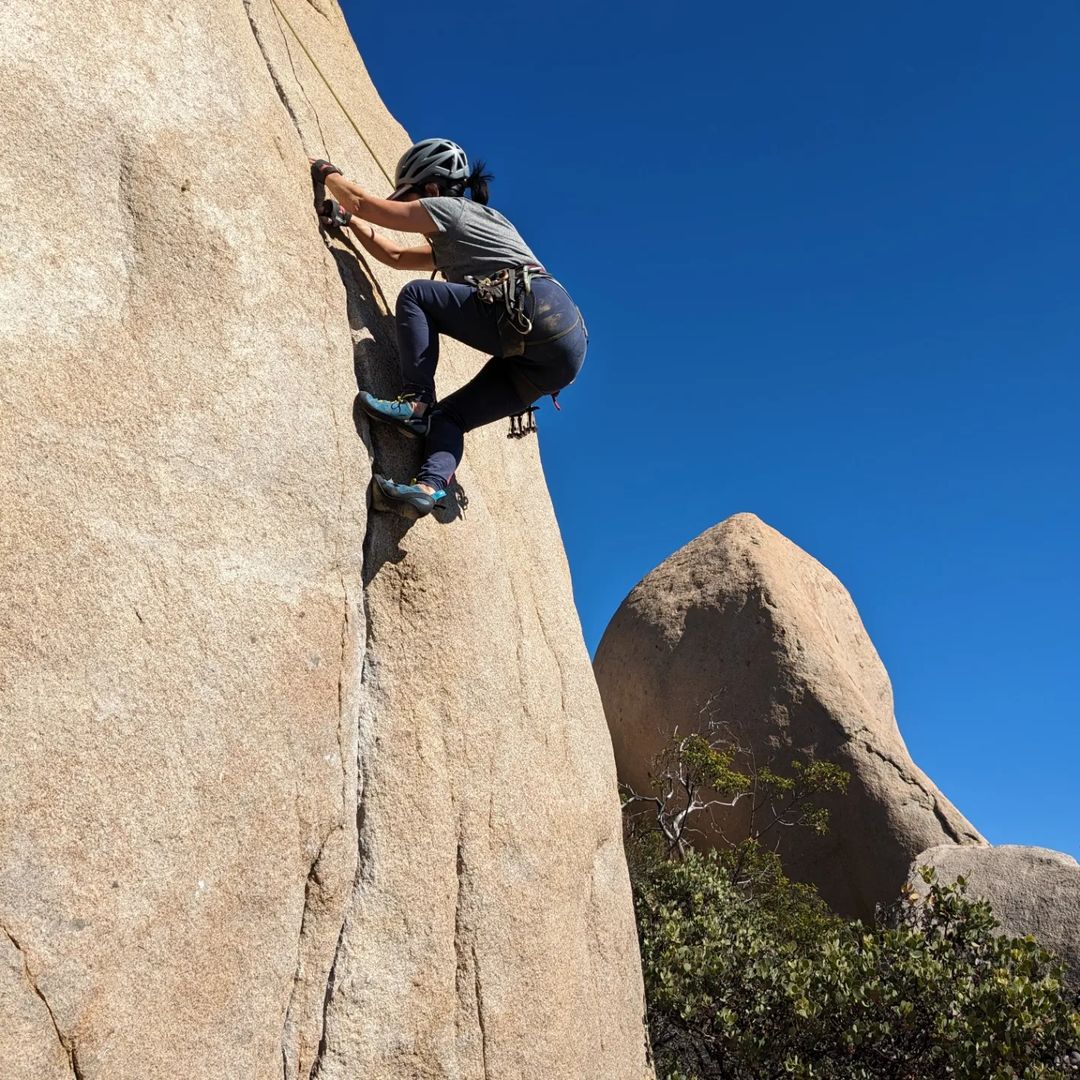
A local climber ascends one of the many cracks Mount Woodson has to offer
Mount Woodson
Known for its iconic Potato Chip Rock, Mount Woodson offers far more than Instagram photo ops and casual switchback hiking. This Poway-adjacent climbing spot has 400 unique climbing routes making it a prime spot for lead, top rope, and crack climbing.
Originally popularized by climbing legends Royal Robbins and John Bachar in the 1950s, Mount Woodson is a granite playground with popular routes like Robin’s Crack (5.10a) a famous 20-foot crack wall; Jaws (5.11a), a cracked boulder with a name more ominous than than the climb itself; and Uncertainty Principle (5.11c), a sort of Pride Rock for Mount Woodson, testing your endurance and often attracting the attention of nearby hikers.
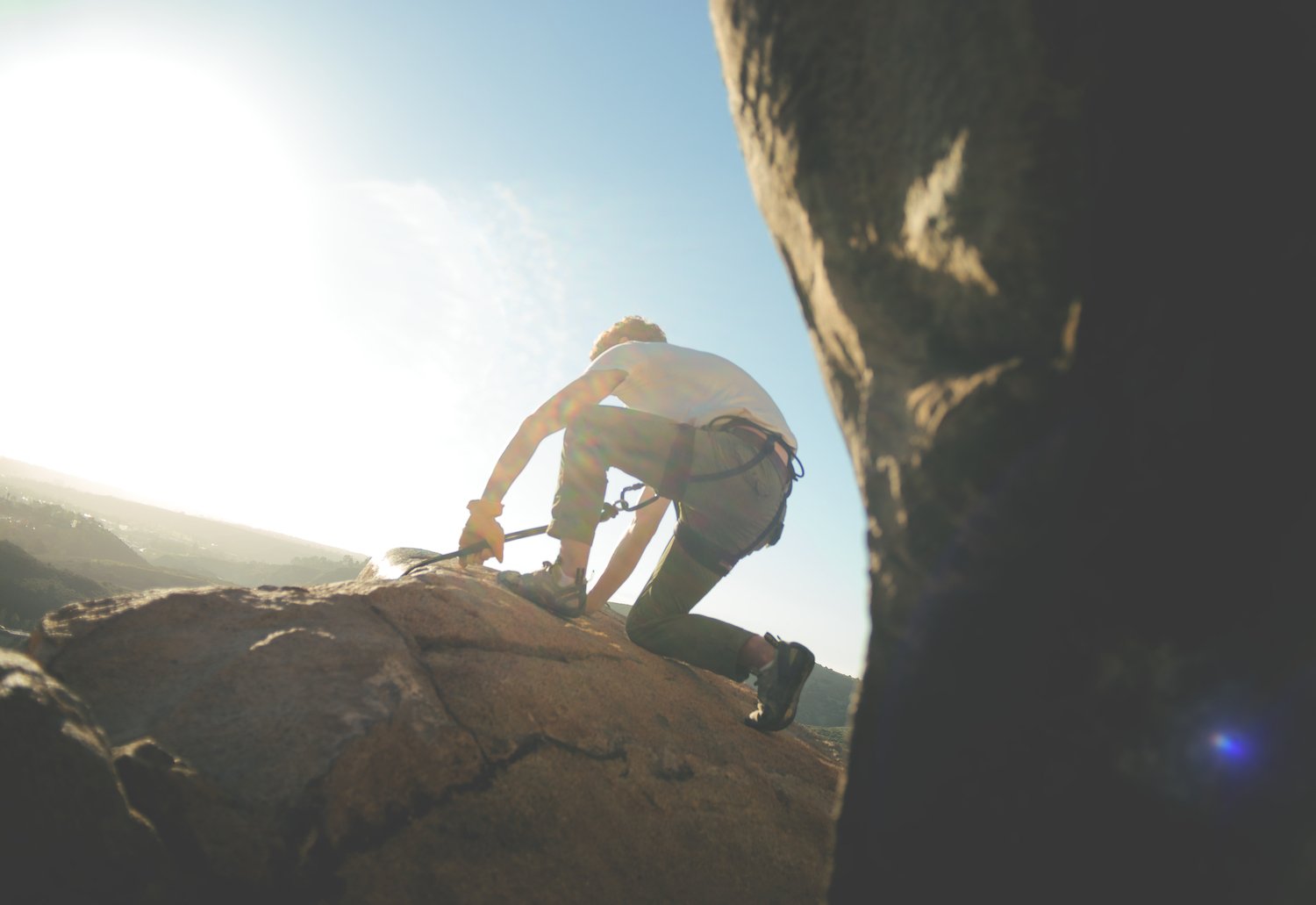
Photo Credit: Cole Novak
Mission Gorge
Only 20 minutes from downtown, Mission Gorge is a trad and top rope climber’s dream. The area is home to butter-like walls spanning three sections: the Main Wall, Limbo Area, and Middle Earth (although you won’t find any hobbits there). These west-facing walls provide much-needed shade during morning ascents, helping prevent sweaty palms on the park’s notoriously slick holds.
You’ll find more than 200 climbing routes, including The Tower (5.7), an enjoyable 50-foot route with bolts and a views of the San Diego River upon completion; Craig’s Crack (5.8), a Limbo area spot ideal for working on your hand jams; and Orange Sunshine (5.10d), a technical climb that demands precision footwork.
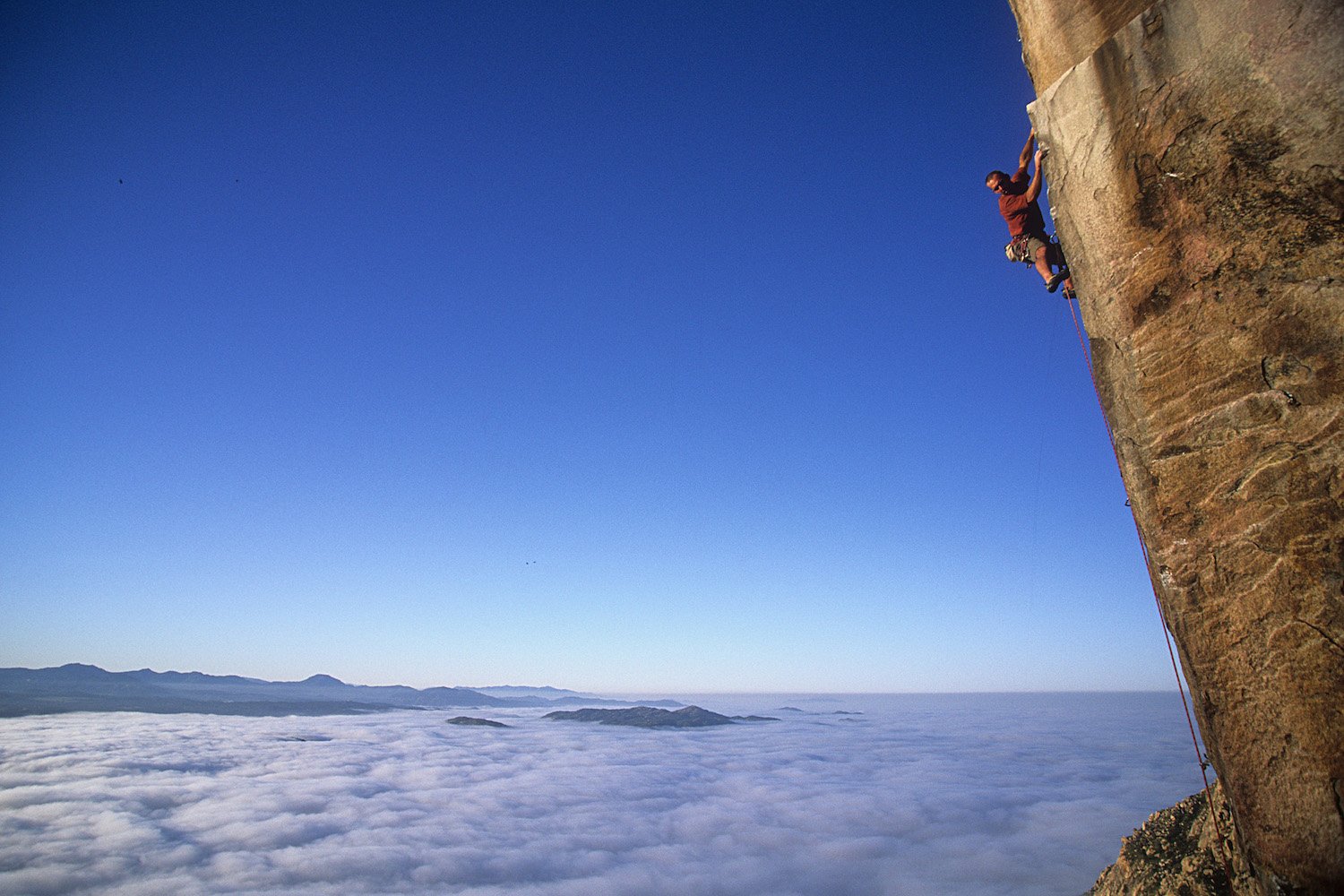
Photo Credit: Jorge Visser
El Cajon Mountain
Located 50 minutes from San Diego, El Cajon Mountain boasts 200-plus sport and traditional climbing routes. After accessing the area via the paved roads of Lake Jennings, climbers must embark on a strenuous two-mile, 1,800-foot hike in direct sun before choosing between the beautiful granite cliffs of the Main Wall (The Wedge), Fly Dog Buttress, or the Mountaineering Wall.
Popular routes include Lenoids (5.9), one of the most traveled multi-pitch sport routes in San Diego; Triton Tower (5.11a), a challenging 360-foot, three-pitch climb under a granite slab roof; and Sleeping Giant (5.10a), a 1,000-foot, 10-pitch climb on the lesser traveled Mountaineer Wall. Bring water, hiking boots, and binoculars for an incredible view of the ocean when you top out on this peak .
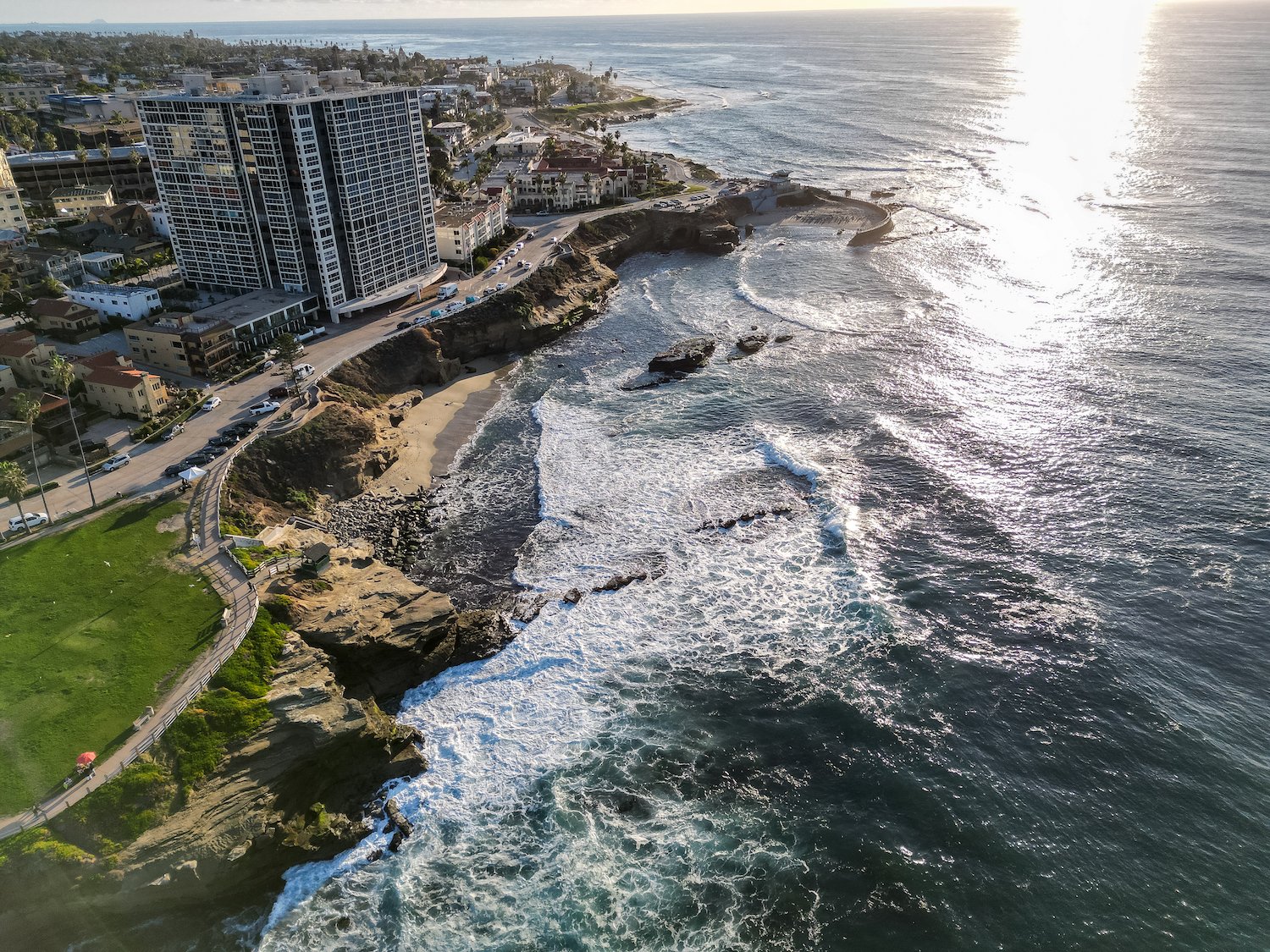
People’s Wall & Sunset Cliffs Pump Wall Traverses
Often overlooked, the People’s Wall and Pump Wall offer excellent traverse practice for climbers wanting to stay local. The People’s Wall located steps from the Museum of Contemporary Art San Diego in La Jolla, provides climbers with a 200-foot-long stone wall traverse along the coastline.
The Pump Wall offers a more challenging climb with less-distinguished handholds along the exposed north side of Sunset Cliffs Boulevard above Claiborne Cove. After a few traverses, these seemingly simple walls will leave arms pumped and your hands barely capable of gripping a steering wheel—making the short car ride home a relief for city-bound climbers.
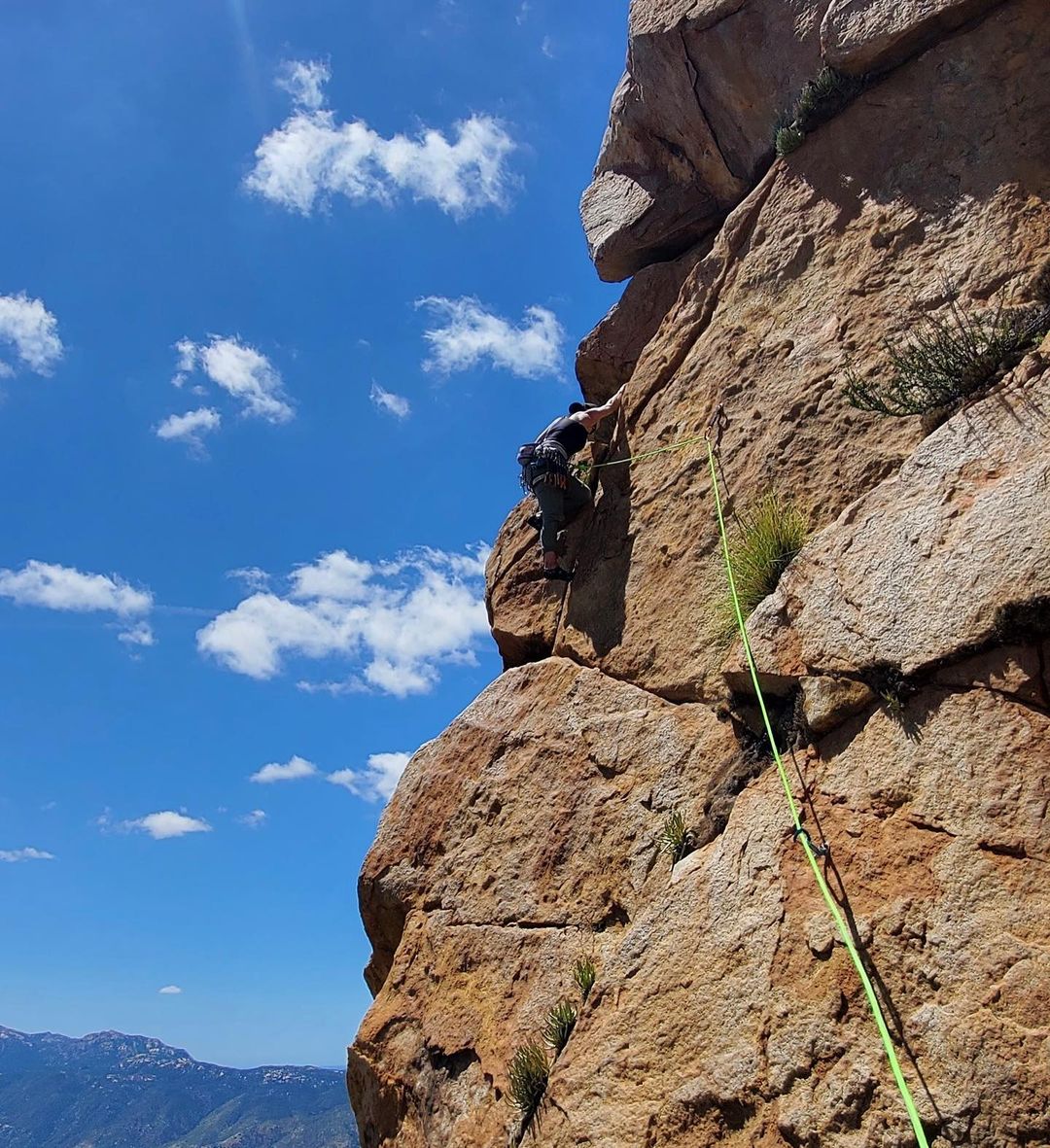
Drew Alldredge up in the clouds traversing Baby Face (5.11a) at Eagle Peak
Eagle Peak
Just over an hour’s drive from the city, Eagle Peak is a haven for sport climbers seeking challenging single- and multi-pitch climbs in San Diego County. With 65 routes spread across four 100-foot tall granite rock faces—Left Wall, Right Wall, Tan Man Tower—Eagle Peak rewards those who scale the Eagle Peak Trail’s switchbacks, brave the East County heat, and dodge dive-bombs by birds before on their approach to the climbing area.
Notable routes include Cruise Line (5.10c), a five-pitch ascent on the Left Wall that serves as a great intro to Eagle Peak; Baby Face (5.11a) a crimpy four-pitch climb to challenge your technique; and Irie Corner (5.10b/c), a 200-foot, two-pitch route featuring a panoramic view to share with the spot’s avian overseers.
The post 6 of the Best Outdoor Climbing Spots Within an Hour of San Diego appeared first on San Diego Magazine.
]]>The post The Best of San Diego 2024: Health & Fitness appeared first on San Diego Magazine.
]]>Fit4Mom
Held outdoors in the fresh air, Fit4Mom’s stroller-based classes incorporate resistance bands and structures like stairs, curbs, and walls to get mamas moving. Headquartered in San Diego, the fitness company has eight franchise locations across the county and more than 250 nationwide. Especially popular among new mothers on maternity leave and stay-at-home parents with young kids, Fit4Mom is a great avenue to make mom friends, seek parenting advice, and ease back into exercise postpartum.
Best Global Goals
Women’s Gold Cup Final
Snapdragon Stadium isn’t only for American football—it’s for fútbol. And last spring, the venue hosted the inaugural Confederation of North, Central America and Caribbean Association Football (CONCACAF) Women’s Gold Cup final between the United States and Brazil. Team captain Lindsey Horan used her head to net the match’s lone goal, lift the USA to victory, and help set the stage for what’s been a monumental year in women’s athletics.

Best Gut Feeling
Floré By Sun Genomics
Identifying an effective probiotic is like shopping for jeans and swimsuits: Of a million options on the market, only one or two unicorns will not cause infancy regression (crying, probably colicky). The solution? A tailor—in this case, San Diego–based company Sun Genomics, who will test your gut flora and design a once-a-day, culture-packed pill attuned to your specific needs and goals (everything from “banish bloating” and “up energy” to “eat gruyère again”).
Click here to read the full story
Best Use of Five Bucks
Alta Vista Botanical Gardens
Whip out the cakes and candles. Alta Vista Botanical Gardens is celebrating its 25th anniversary. Founded in 1999, AVBG sports 16 botanical gardens bursting with diverse plant life, from blue cycads to edible cherimoya. (Mark Twain was apparently a big fan of the latter.) Best of all? The gardens are open every day of the week, and admission is only $5. Drop an Abe Lincoln off at the door and enjoy a splendid show put on by Mother Nature.
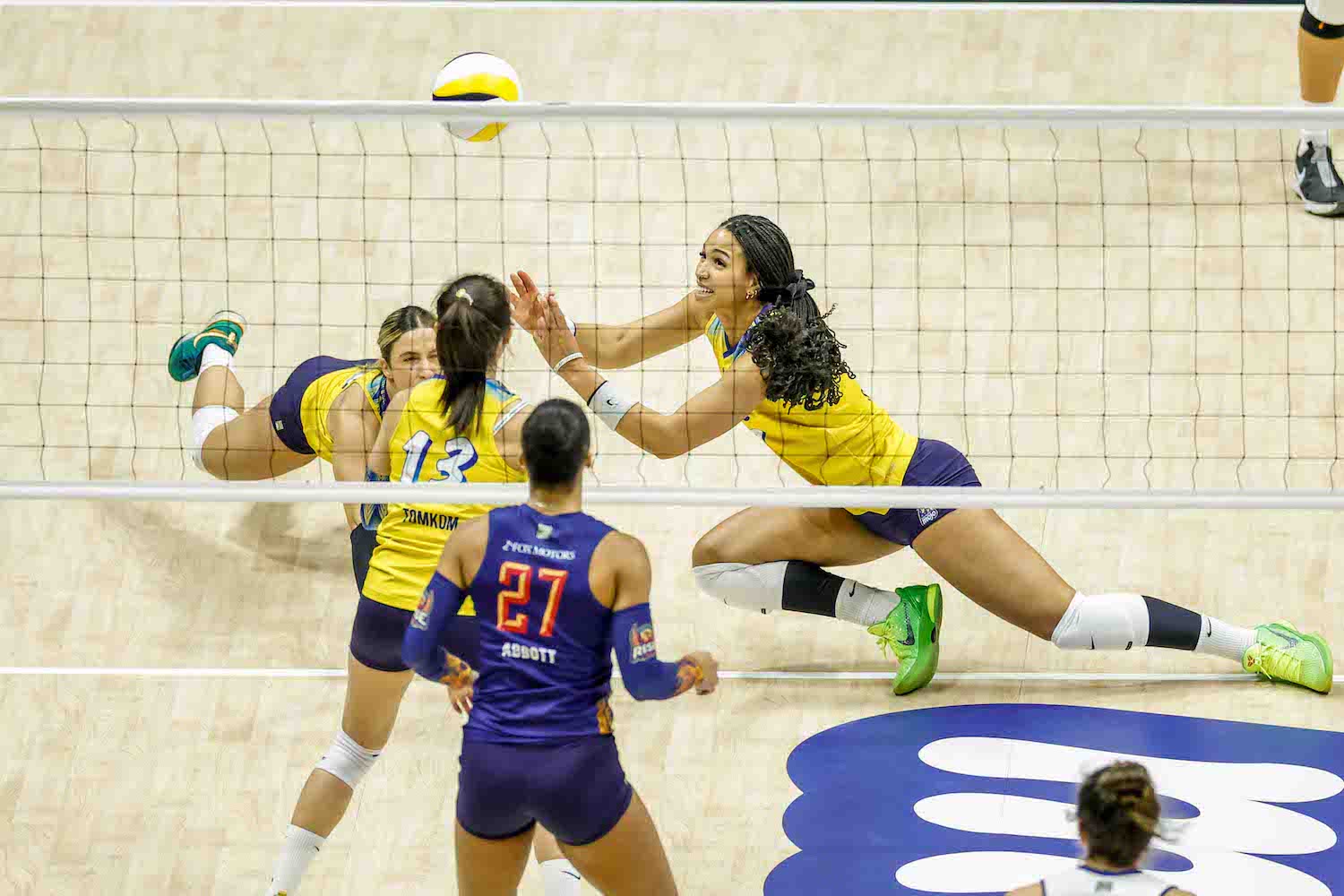
Best Excuse for Staying Indoors
San Diego Mojo
Beach volleyball has been the unofficial signature sport of Mission Beach for a while now, but some of us prefer to call ourselves indoorsy. Enter the San Diego Mojo, one of seven professional indoor volleyball teams competing in the Pro Volleyball Federation’s inaugural 2024 season. Owned by three-time Olympic gold medalist Kerri Walsh Jennings, the Mojo are not only a win for women’s sports in San Diego; they’re a gift for those of us who like watching the game in the comfort of an air-conditioned Viejas Arena.
Best Season for a Season-less City
San Diego Wave FC
San Diego Wave FC didn’t make a splash during their second season in the National Women’s Soccer League—they brought forth a tsunami. Led by SoCal superstar Alex Morgan, the Wave finished first in the regular-season standings with 37 points and won their first NWSL Shield, given out every year to the team who has the best regular season. They were the only NWSL team in 2023 to have an average attendance north of 20,000, and the club set a new league home opener attendance record this year, playing in front of a sea of San Diegans that numbered more than 32,000.
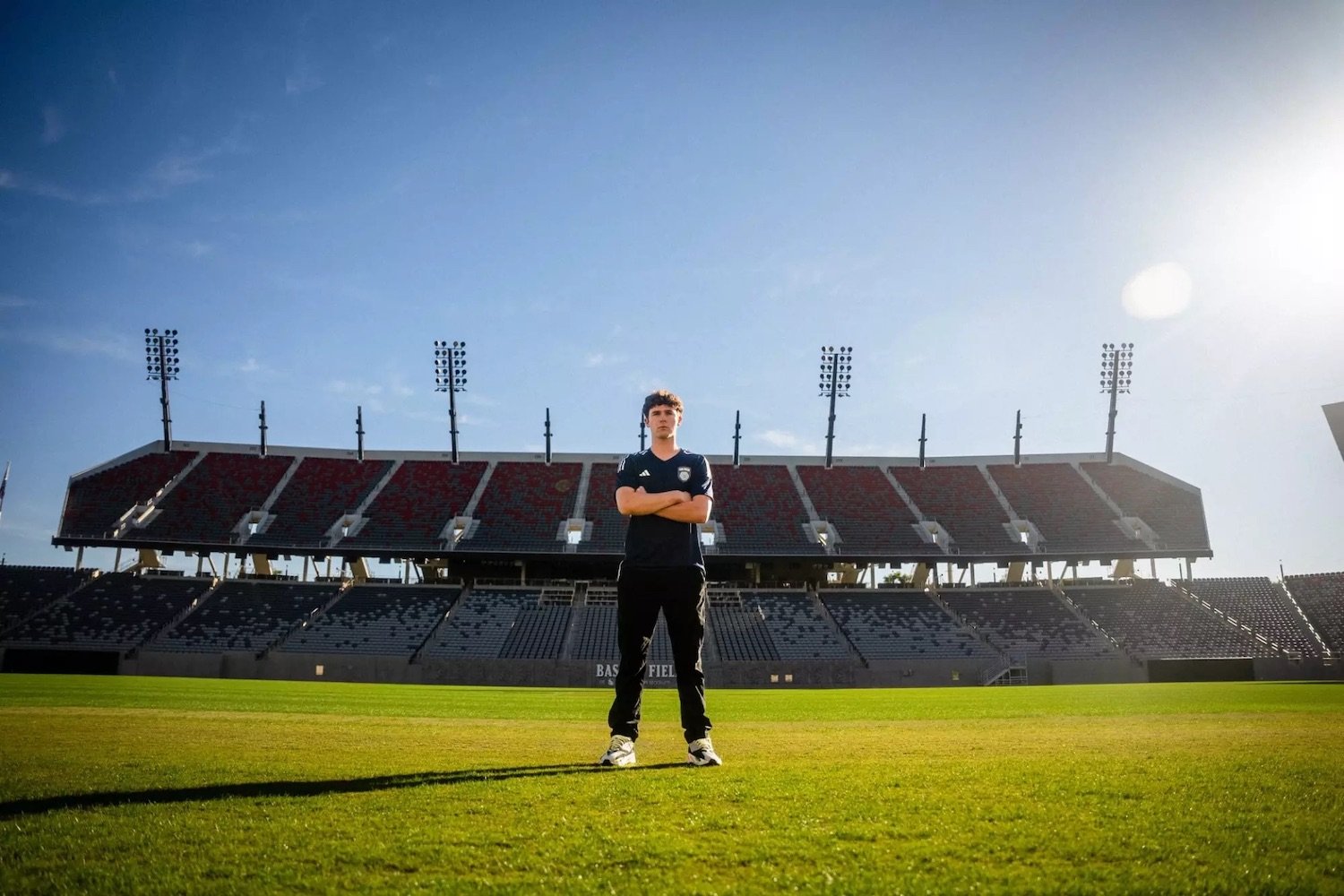
Best Team That Hasn’t Won A Single Game… Yet
San Diego FC
Soccer and San Diego are pretty tight right now. That bond will continue to grow when San Diego FC joins MLS in 2025 as the league’s 30th team. The club will look to cultivate homegrown talent like local teenage goalkeeper Duran Ferree) and give San Diego its first major sports championship since 1963. Oh, and one more thing: The Sycuan Band of the Kumeyaay Nation, a part-owner of the club, is now just the second Native American tribe in the country to have an ownership stake in a pro sports team.
Best Scenic Drive
Omni La Costa Resort & Spa
Torrey Pines isn’t the only spot worth swinging into if you’re a golf guru in San Diego. Omni La Costa Resort & Spa’s newly renovated North Course (after a stint as the Champions Course, it’s now reverting to its original name) opened for play June 1 after hosting the NCAA Division I women’s and men’s golf championships. With six sets of tees, the legendary course beckons players of all levels, from total beginners to those who pack their own pimento cheese sandwiches.

Best Itty-Bitty Big Leaguers
Municipal of Tijuana LL
California won the 2023 Little League Baseball World Series thanks to a team from El Segundo; however, there was also a group south of San Diego that slashed singles and flashed leather last August. After losing their first game in Monterrey, manager Francisco Fimbres and his Lilliputian squad from TJ ripped off seven consecutive wins to snag a Mexico regional championship and punch a ticket to the LLWS in South Williamsport, PA. A lovely reminder that in baseball—and life—it’s how you finish that counts.
Best Hope for a Swimmable IB
Tijuana Wastewater Treatment Plant
Amid a seemingly nonstop firehose-blast of bad tidings, good news—including the fact that Tijuana broke ground on a new $33 million wastewater treatment plant this year to help combat ocean sewage on both sides of the border—can feel like a breath of fresh air. The UT reported in January that the project should be completed by late September. While we still need to be doing more to protect our oceans and the people who live near them, this feels like a stroke in the right direction.
See our complete list of the Best of San Diego here
The post The Best of San Diego 2024: Health & Fitness appeared first on San Diego Magazine.
]]>The post I Tried It: Custom Floré Probiotics to Heal My Gut appeared first on San Diego Magazine.
]]>I’d struggled with breakouts since middle school. One thing that didn’t plague me, though? Stomach problems. Spicy food, fried snacks, ice cream, raw veggies… I could scarf it all without complaint. So, two years ago, when a dermatologist recommended long-term antibiotics to banish my acne, I didn’t even think about the potential impact of systematically razing all my gut flora.
I quit doxycycline after two months (it worked on my breakouts, but I was getting nasty sunburns from the increased photosensitivity it causes). I don’t remember exactly when my now-chronic tummy issues started to manifest. I do know they got worse over time. The occasional constipation or rumbly gut when I went too hard on a kale salad eventually turned into near-daily stomach aches that worsened with certain foods and drinks: alcohol, legumes, coffee, almost anything with sugar (though not cheese, thank the heavens). Over-the-counter probiotics only seemed to exacerbate the problem, and I cut many a hangout short to go home and wallow in tummy pain.
I started to resign myself to the idea that I might be dealing with gut problems for the rest of my life. Then I heard about Floré.
A product of San Diego–based company Sun Genomics, Floré is a customized probiotic and prebiotic blend. Scientists at the start-up test your gut flora and develop a unique combo of good bugs, packing it into capsules you take once per day. “Between two individuals, we can be as much as 90 percent unique in our gut microbiome,” says Sun Genomics founder Sunny Jain. “[So we get] a true picture of what’s going on inside your body and what you’re exposed to.”
I tested Floré for about six months to see if the product could banish my stomach issues for good. Here’s what happened:
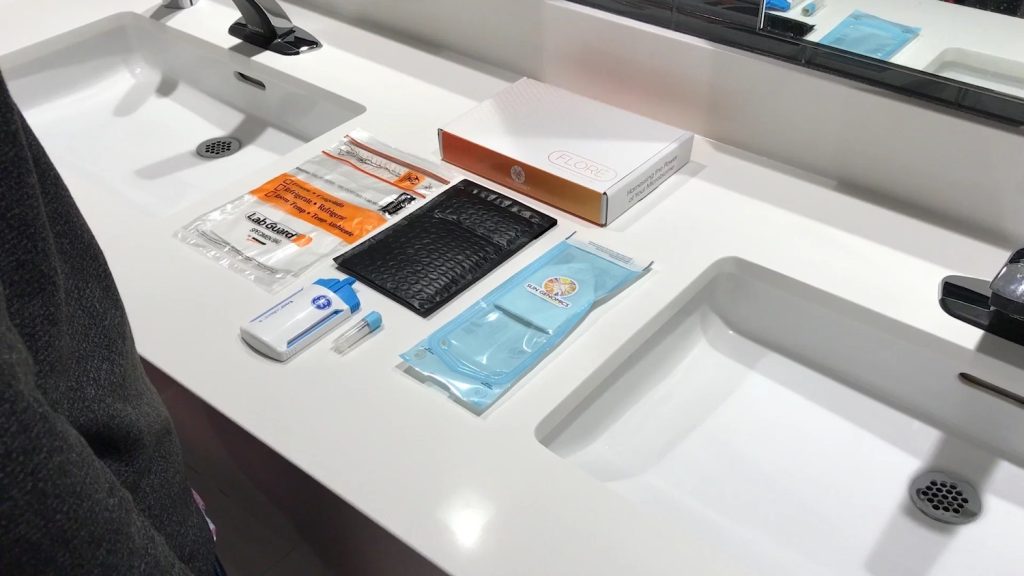
Healing Gut Issues: The Prep
My first shipment from Floré didn’t include any pills. Instead, a microbiome test kit arrived in my mailbox, complete with everything I needed to collect a “sample” for Sun Genomics’ scientists. This is the most awkward and, frankly, gross part of the process—you’ll need to mail a very small amount of stool in a few plastic vials to Sun Genomics’ scientists so they can suss out what’s up with your gut.
Once my sample was in transit, I registered it on the Floré app and filled out a health and diet survey, giving the company deets about my symptoms, food sensitivities, health goals, eating habits, lifestyle, and medical history.
If some questions and options seemed out there—I expected to report my bloating, nausea, and stomach pain, but not my painful periods, anxiety, or “brittle” hair—it’s because a lot more than just tummy aches are linked to an unbalanced microbiome, according to Jain. “You’d be amazed at how [gut health] plays in your circadian rhythm, your energy levels, your sleep,” he says.
I got my report back about two weeks later. Considering all my troubles, I was surprised to see that my “microbiome score” was a 66 out of 100—just barely in the green zone of a “balanced” gut. According to the company’s analysis, only about two percent of the critters in my intestines were considered harmful, but another 21 percent were “variable,” meaning that a disruption like an infection or a new medication could have upset their balance and driven negative symptoms.
I scheduled a call with scientific liaison Shirin Treadwell to go over the results. She pointed out that my microbiome was also low in healthy probiotic organisms, which could be contributing to my issues.
My Floré formula would aim to bring my microbiome into better alignment and put a stop to my frustrating symptoms. The probiotics included, Jain explains, are intended to “trigger the growth of good organisms. The prebiotics are the food for those microbes.”

Healing Gut Issues: The Process
My formula arrived about a month and a half after Sun Genomics received my test kit. You’re encouraged to keep them in the fridge (though you can cart them on the go for up to a month as needed) and take one pill a day 20 minutes before your first meal (if you forget, like I sometimes did, you can pop one three hours after eating).
Doing too much, too fast can sometimes make things worse, which is why Sun Genomics eases you in with five low-dose pills. Because of this, I didn’t expect to see results right away—Sun Genomics suggests you should start to notice changes within about two weeks. Nevertheless, that first day, I scarfed tons of fruit and didn’t feel a single pang.
The following day, I did experience some stomach pain after breakfast, but it disappeared pretty quickly. As I continued to take the probiotics, working my way up to a full daily dose, my once-chronic tummy aches got fewer and farther between—occuring only briefly every few weeks, no matter what I ate.
But then—disaster struck. I came down with a UTI and had to take a round of antibiotics. I kept taking my probiotics, hoping to counter its effects, but I noticed my stomach was still more sensitive and prone to upset in the weeks after.
About eight weeks in, I was still sometimes bloated, with bowel movements that alternated between too often and not often enough. Since two months is well beyond the window in which I should’ve seen these symptoms shift, I reached out to the Sun Genomics team to request a reformulation that addressed those issues more directly (typically, reformulations have to be requested within six weeks, but the team was kind enough to make an exception).
Overall, neither formula led to worsened tummy issues, like over-the-counter probiotics I’d tried. It does feel important to note that I suffered a handful of migraines while taking Floré—I don’t typically experience them, but it’s unclear whether they’re linked to the supplement (a liaison for Sun Genomics said the side effect would be unusual but not impossible).
When I retested at the three-month mark, I wasn’t shocked to see that my microbiome score had dropped to a 45 out of 100—I figured the antibiotics had wreaked havoc. While only one percent of my microbiome makeup was harmful, my “variable” percentage had jumped to 51.
I scheduled a call with scientific liaison Shirin Treadwell to check in on the new results. “It’s the antibiotics, isn’t it?” I asked her.
“Actually, it looks like your microbiome recovered quite well from the antibiotics,” she said. The culprit for my lower score? Bacteroides vulgatus. This variable microbe—sometimes found in overabundance in patients with inflammatory bowel diseases like ulcerative colitis—had shot up in prevalence from 10 to 23 percent. It should be, Treadwell told me, around nine percent.
To drop that number, “eat less saturated fat,” Treadwell advised, adding that sat fats can feed that particular microbe. “Cheese, coconut oil, things like that.” I didn’t have to give up everything, she assured me. If half-and-half in my coffee kept me going, by all means, keep sipping.

Healing Gut Issues: The Results
So, did I quit crushing brie for breakfast? Well… not really. After all, one of my goals for taking Floré was to be able to eat whatever I want.
A new formulation based on my retest returned me to what I consider my new baseline: stomachaches are rare, but bloating and other annoying but painless symptoms still occur at least a few times a week.
I decided to take a break to see if I can hover at that baseline without a daily pill. (Jain says that some Floré customers, like pro athletes and people with chronic conditions, stay on the supplements indefinitely to optimize their health or manage their illness, but others call it quits when they’ve returned their gut to a state of balance.)
After a week of no pills, my stomach is still holding strong, and I’m still a bit more energetic than I used to be. The less obviously gut-related issues—moodiness, acne, PMS—fluctuate, like they always have, with my cycle. And I haven’t had a migraine, though they tend to be unpredictable and far between for me, so I remain unsure whether they’re connected to the supplements. If I decide to add Floré back into my routine, the Sun Genomics team might be able to address these with future tweaks… and I guess I could cut back on my charcuterie board habit, if my lingering tummy troubles start to feel more annoying than the concept of changing my diet.
As it stands, the results, while imperfect, have still been life-altering. I may never again chow down with the same teenage breeziness, but at least a raw brussels sprout isn’t public enemy number one for me anymore. Spared from night-ruining stomachaches, I can stay out with friends as long as I want… at least until my self-imposed 9 p.m. bedtime.
Floré custom probiotics cost $79 per month.
The post I Tried It: Custom Floré Probiotics to Heal My Gut appeared first on San Diego Magazine.
]]>The post What To Expect When You Are Expecting In San Diego appeared first on San Diego Magazine.
]]>As I delved deeper, I learned about the disparities in maternal health in our country and their disproportionate impact on Black and brown communities. This ignited a desire within me to make a difference. During the summer of 2020, when most of the world was in their sourdough bread–baking era, I was training as a birth and postpartum doula. A doula provides non-medical support—physical, educational, and informational—before, during, and after childbirth.
Through my work as a doula, I started to learn about the dynamic and thriving birthwork community San Diego offers. I have supported birth across the county in hospitals, in peoples’ homes, and in birth centers.
When I decided to embark on my own pregnancy journey once again, I had a far deeper understanding of the options and choices available, and I was able to assemble the birthwork team I desired and needed. Fertility testing informed my naturopathic pregnancy preparation.
Once pregnant, I established co-care with a home-birth licensed, certified professional midwife and a hospital OB-GYN. I also sought additional support from acupuncturists, massage therapists, chiropractors, pelvic floor physical therapists, lactation consultants, and herbalists.
My hope for every birthing person in San Diego is that they feel empowered to get the care they need and choose. The following is a guide to help you begin exploring alternatives to hospitals and who can be involved so you can build your own unique birthwork team.

Your Birth Team in San Diego: OB-GYNs, LMs/CPMs & CNMs
Here is a breakdown of some key terms and distinctions in maternity care:
Obstetrician and Gynecologist (OB-GYN)
OB-GYNs are medical doctors who specialize in the care of women during pregnancy and childbirth. They also specialize in issues related to women’s health, including hormone problems, contraception, infertility, and menopause, and in the diagnosis and treatment of diseases in the female reproductive organs.
Midwife
Midwives seek to deliver individualized medical care that educates and empowers the birth-giver. Midwives monitor the physical, psychological, and social well-being of the birth-giver throughout the childbearing cycle. They provide continuous hands-on assistance during labor and delivery while minimizing medical interventions.
They are also able to identify when obstetrical attention is needed. In addition to birth care, midwifery care can include comprehensive female body healthcare, including wellness, fertility, and sexual healthcare.

Types of Midwives
There are two main types of midwives:
Licensed Midwives (LM)/Certified Professional Midwives (CPM)
Licensed by the California Medical Board and certified by the North American Registry of Midwives, these midwives are specifically trained to practice in homes or birthing centers.
Certified Nurse-Midwives (CNM)
Licensed by the California Board of Registered Nursing and certified by the American College of Nurse Midwives, these midwives are registered nurses with a master’s-level education in midwifery care. CNMs practice in various settings, including hospitals, clinics, offices, birth centers, and homes.

Where to Give Birth in San Diego
San Diego-Based Home Birth Midwives
San Diego’s rich midwifery legacy stems from its history as a training ground for midwives. The city once hosted an accredited midwifery school, attracting aspiring midwives who often stayed after graduation. This created a lineage of mentorship and experience, with some midwives now delivering the babies of babies they once helped into the world.
The local home birth community is characterized by small practices that prioritize personalized care and lasting relationships. Midwives specialize in low-risk pregnancies, emphasizing informed decision-making through education and open communication. Their services extend beyond birth, encompassing prenatal, postpartum, newborn, and reproductive health care, as well as preconception and family-building support.
The cost of home birth midwifery care typically ranges from $6,000 to $8,500, with various payment and insurance options available.
While there isn’t a centralized directory of all home birth midwives in San Diego, the list below provides a good starting point. Explore each midwife’s website to find one who best aligns with your needs and values.
- Tema Mercado, LM, CPM
- Ceniza Alcantar, LM, CPM
- Courtney Scott, LM, CPM
- Alix Medina, LM, CPM
- Nicole Morales, LM, CPM
- Lindsey Oakes, LM, CPM
- Kelly Pappas, LM & Tiffany Alblinger, LM
- Phyllis “Kayti” Buehler, LM, CPM & Brielle Rainney, LM, CPM
- Michelle Freund, LM, board member of the California Association of Midwives
- Tatiana Koontz, LM, CPM
- Celesta Rannisi, LM, CPM, LCS
- Aja Encinas Youman, LM, CPM, HHP, CMT & Jessie Searle, LM, CPM, HHP, CMT
- Andrea Meyer, LM, CMP & Donna Irwin, LM, CPM
- Paula Tipton-Healy, LM, homeopath, nutritionist & Arianna Escobar, LM, CPM
- Heather LeMaster, LM, CPM
- Jamin Sylvada, LM, CPM & Brianna Adams, LM, CPM
- Vickii Gervais, LM, Licensed Acupuncturist
- Michele Kazmier, CNM, MS, E-RYT, PRYT
- Brooke Ray, CN, RN & Aja Youman, LM
- Amanda Winn, LM, CPM
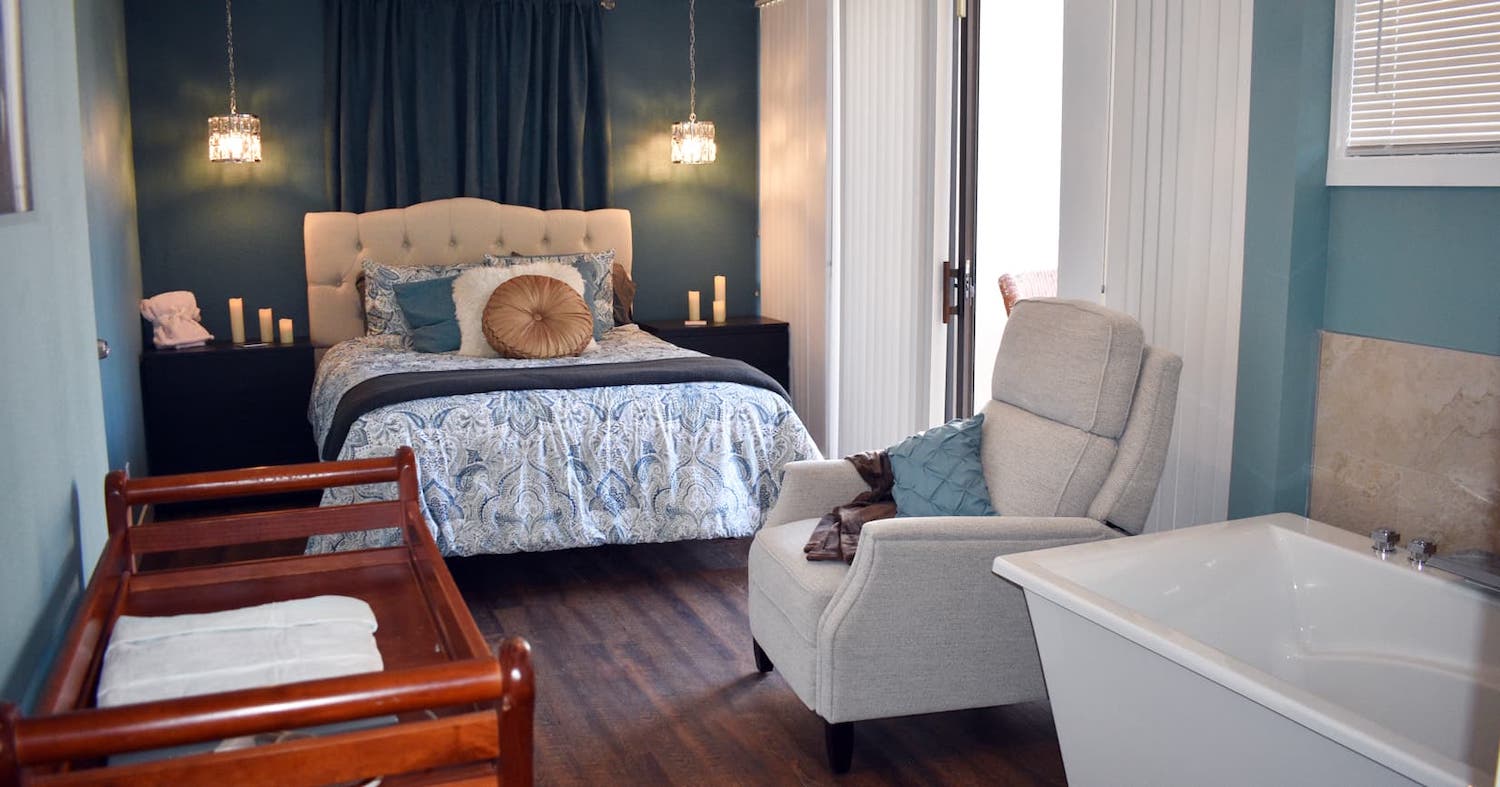
San Diego Birth Centers
San Diego County is served by four independent birth centers, each with its own unique offerings and support services. These centers, founded and operated by midwives, provide a personalized approach to birth. The average cost ranges from $7,000 to $12,000, with payment options including cash and, in some cases, insurance coverage.
Acorn Community Birth & Wellness Center
- Cristi Lewis, Director
- 123 East Alvarado Street, Fallbrook | 760-645-3447 | [email protected]
- Insurance & Payment: Medi-Cal, cash pay, payment plan, PPO reimbursement options
- LGBTQ-affirming and -centered care available
- Website: acornbirthcenter.com
San Diego Community Birth Center
- Nikki Helms, Principal Midwife
- 2801 4th Avenue, Bankers Hill | 619-269-6969
- Insurance & Payment: In-network provider for Aetna and Cigna, PPO reimbursement options, self-designed payment plan options, sliding scale availability
- LGBTQ-affirming and -centered care available
- Website: www.sdcommunitybirthcenter.com
Tourmaline Birth & Wellness Collective
- 4545 Fanuel Street, Pacific Beach | (858) 900-2004
- Insurance & Payment: Cash pay and payment options
- LGBTQ-affirming care available
- Website: https://tourmalinecollective.com
A Family Affair Midwifery & Birth Center
- Tamara Hobbs, Founder
- 15644 Pomerado Road, Unit 306, Poway | 858-304-7100
- Insurance & Payment: Cash pay, PPO reimbursement options, payment plan and package options
- LGBTQ-affirming care available
- Website: www.afamilyaffairbirthcenter.com
The post What To Expect When You Are Expecting In San Diego appeared first on San Diego Magazine.
]]>The post Biking the Unsanctioned Anderson Truck Trail appeared first on San Diego Magazine.
]]>But if you did find yourself there, this is a trail riding experience that affords breathtaking views of the El Capitan Reservoir and surrounding foothills. The farther up you climb, the more rewarding the views. In late spring/summer, the rocky landscape becomes green and wildflowers pop. Winter’s rains course their way like lifeblood from the ground up through the trunks of oaks, the groves taking on a deeper green hue than the grasses.
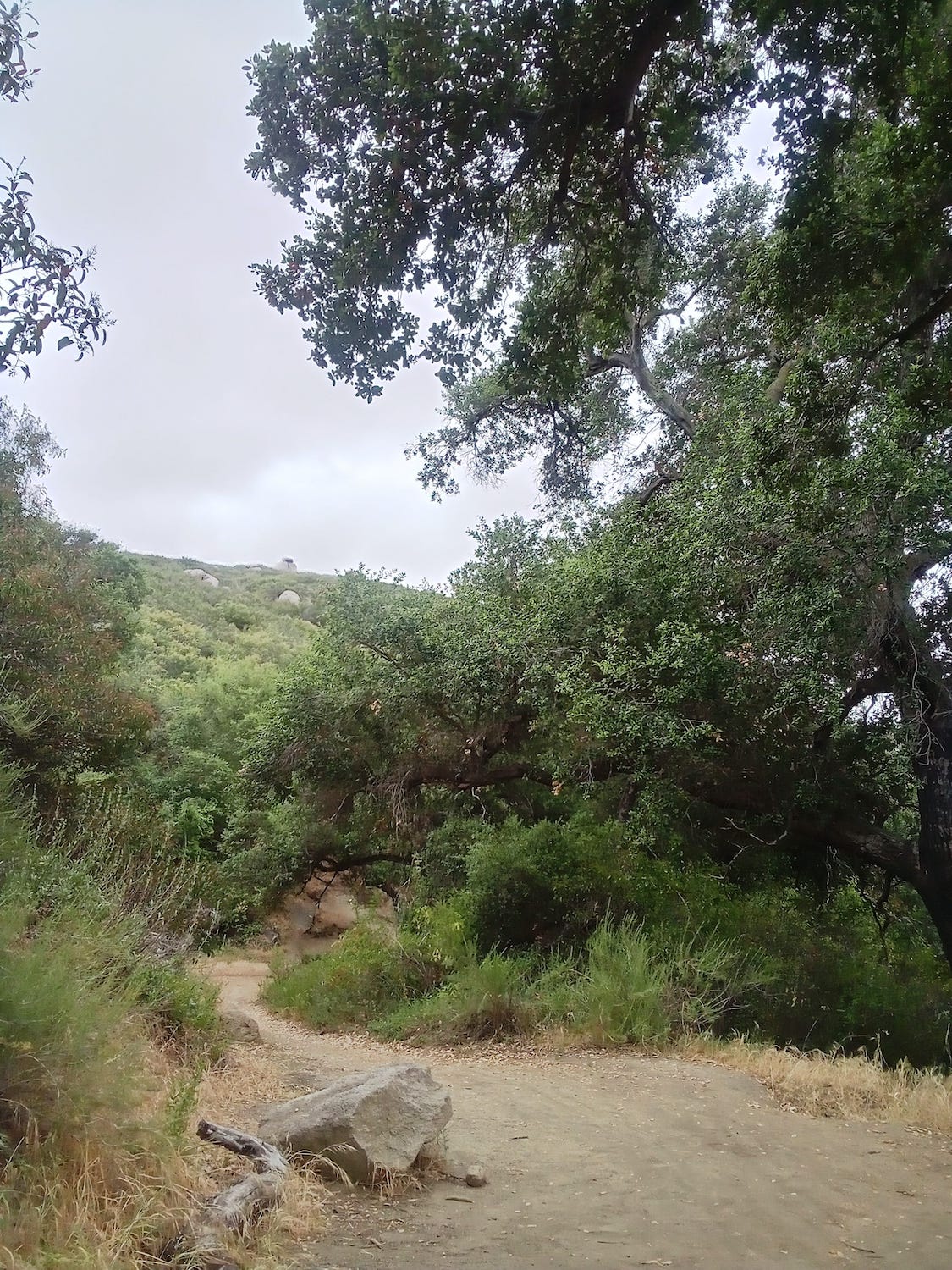
To get started, some visitors park at the T intersection of Alpine Blvd. and Peutz Valley Rd. off of the I-8 near Alpine in a dirt parking area, or they simply park along the road below the 8 that runs overhead. They then pedal up Peutz Valley Rd. for about one mile, watching on their left for a single track entrance. They take it. They then descend at the outset a little ways, about a mile or so.
The trail has a cross-country-esque feel to it, meaning it dips and bends and has an uphill bump or two along the way. When it begins to noticeably climb, riders settle in for the relatively steep and long grind to the top, roughly three miles. With some chunk here and there, it is a perfect tech-lover’s training ground for boosting one’s ascending abilities.
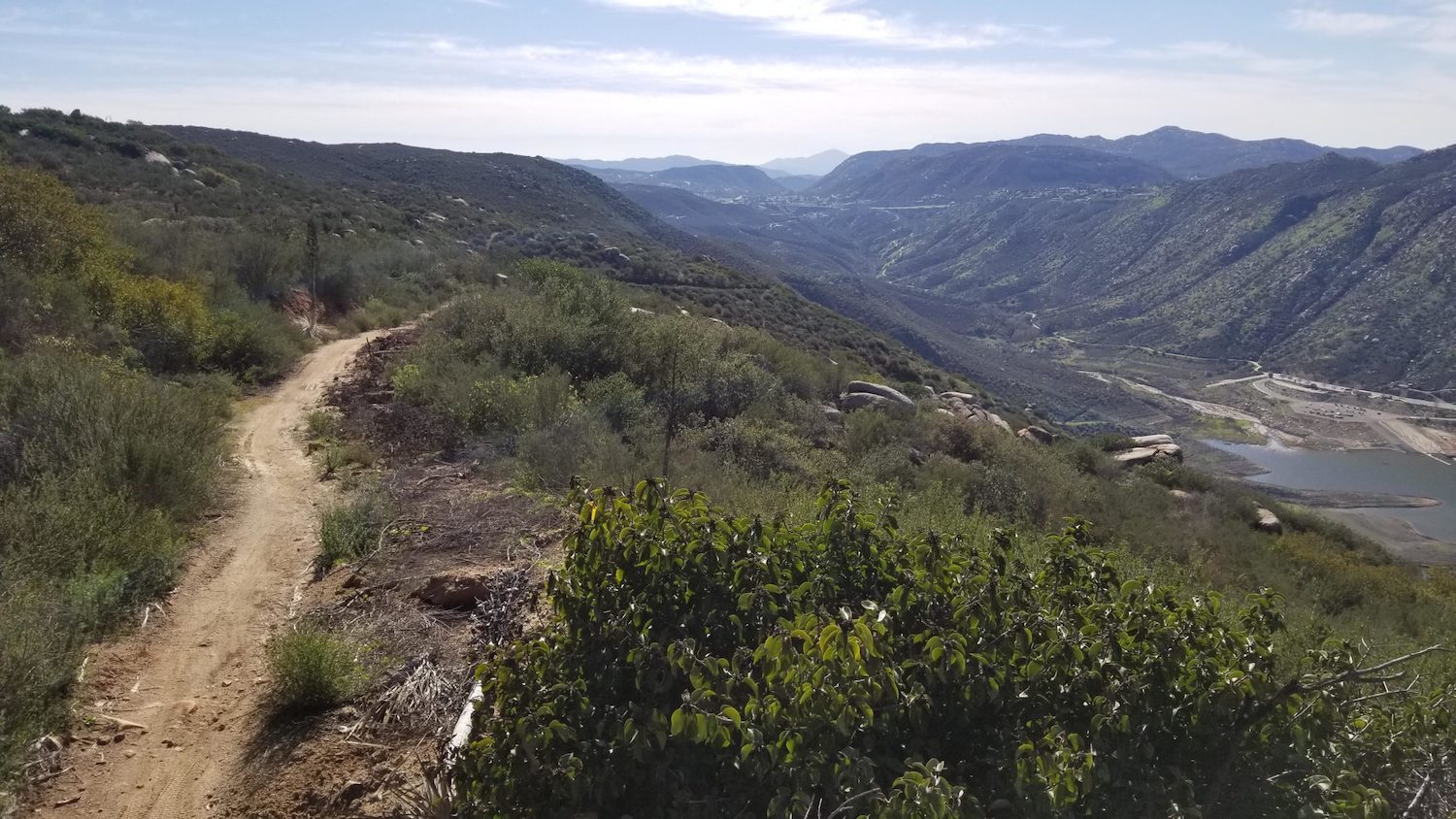
The oak grove somewhere mid-way through the climb is a solid spot for a break to take in the views. At the summit, the trail opens up into what feels like a giant dirt parking lot. Again, the views. Not done? No problem.
The ATT continues, but riders will come upon a well-signed and fenced area when reaching the Capitan Grande Reservation. No continuing past that point. Riders here must turn around and head back in the direction they came up. Along the way, though, they can watch for unmarked single track to the sides of the ATT. If feeling adventurous, riders can take one, like those choose-your-own-adventure books of yesteryear.
Not feeling it? The descent on the original up hill trail is phenomenal. It’s fast, hair-raising, white-knuckle downhill glory at its best. One thing though: that little descent at the start of the ATT—after all the fun downhill ends—riders have to climb a little to get back out.
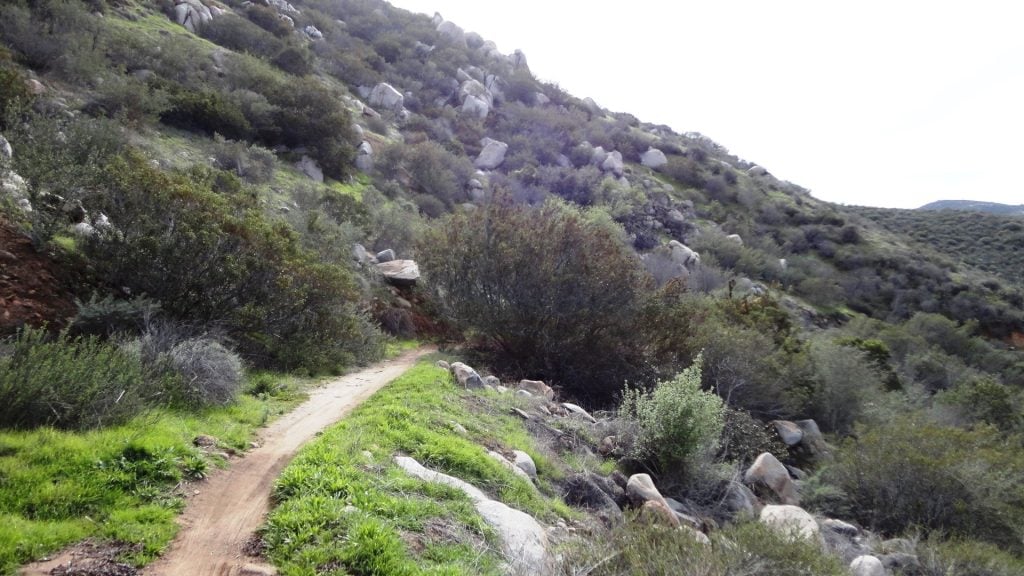
Riders who choose this trail should be respectful of locals by not parking at the trailhead. There is no legal parking there. Also, riders should not try to access Capitan Grande Reservation lands. Riders are not permitted to be there.
Anyone who is hungry after can take Alpine Blvd. into Alpine for about three miles. Order what sounds good at Tapatio’s and take it up the sidewalk to Mcilhenney Brewing Company. Order what sounds good there and then carry beer and Mexican food out back. Enjoy!
The post Biking the Unsanctioned Anderson Truck Trail appeared first on San Diego Magazine.
]]>The post The 5 Best Waterfall Hikes in San Diego appeared first on San Diego Magazine.
]]>But San Diego’s hiking culture stands out because, here, you can hit the trails year-round. Though spring’s typical rains may make us scowl at the sky, they also resurrect our soil, turning once dry and arid places vibrant and vegetated. The rain also replenishes the various waterfalls that pepper San Diego’s landscape, sprucing up the views on some of locals’ favorite hikes. Here are a few of the best trails for spotting waterfalls in San Diego.
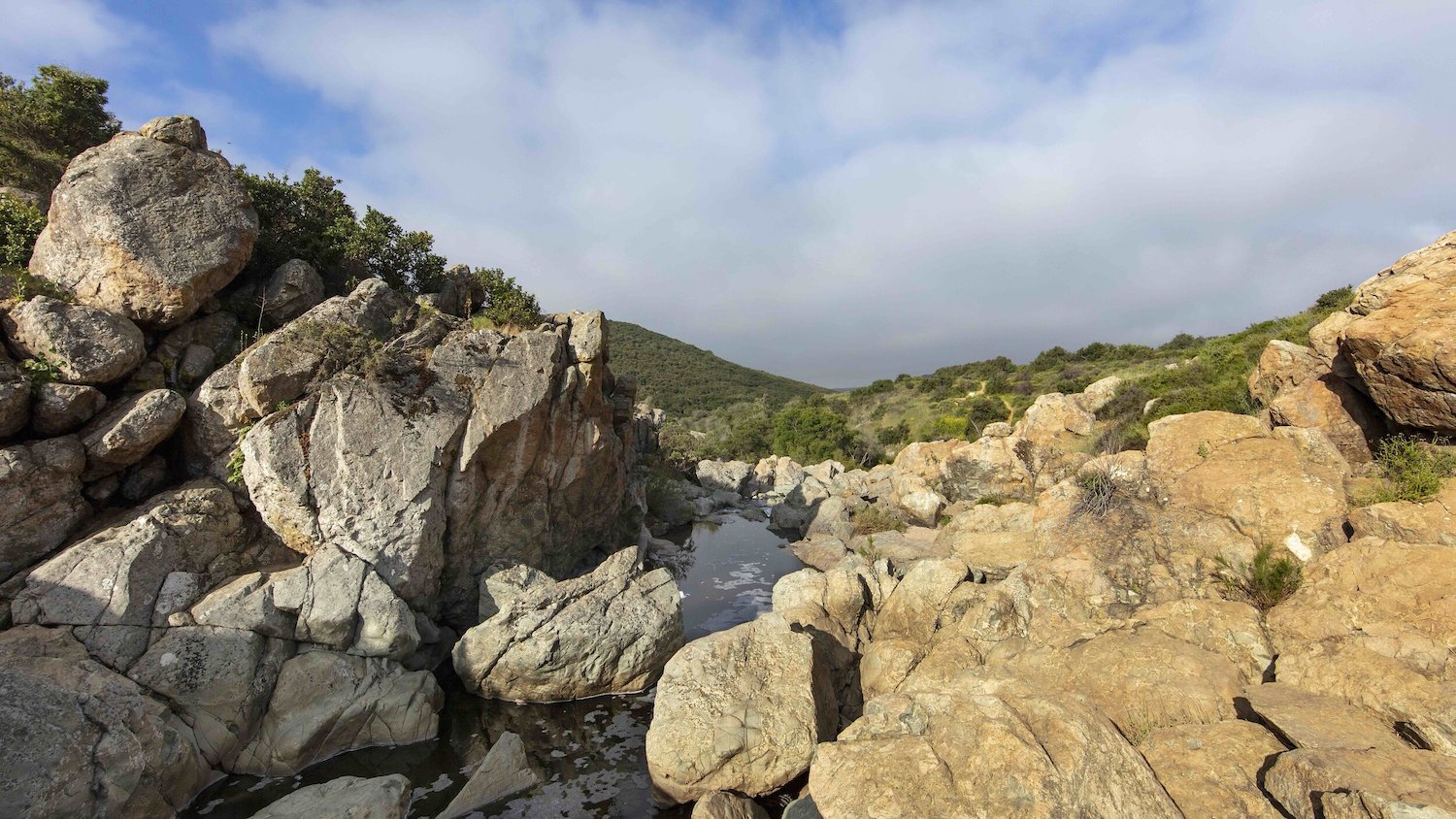
Where to See Waterfalls in San Diego
Los Penasquitos Canyon Trail
This long but low-effort hike offers a perfect opportunity to psychoanalyze every relationship you’ve ever been in as you reconnect with nature. On the way to the waterfall that trickles over volcanic rock, you’ll meander through one of the most biodiverse regions in Southern California, spotting giant California oak trees and hopefully a few red-tailed hawks and mule deer. Be sure to check the park’s website beforehand to ensure that the trails aren’t closed due to weather conditions.
Length: 6.7 miles
Estimated time: 3 hours
Price: $3 parking fee (cash only)

Oak Canyon Trail
This moderately difficult trail looks its best after heavy rainfall, when a bubbling creek runs through the canyon and creates many small waterfalls that stream over the jutting, tiered rocks. You can bring your pup, but keep them leashed so as not to disturb the visitors jogging, biking, and bird-watching in the area. Because of the many rocks and uneven terrain, be sure to wear sturdy shoes that you don’t mind getting a little wet.
Length: 3.3 miles
Estimated time: 1.5 hours
Price: Free

Cedar Creek Falls
Cedar Creek Falls is one of the more well-known San Diego hikes. Studded with massive hills, the trail seems to beckon trekkers into a Lord of the Rings–style quest. You’ll begin by heading downhill to reach the waterfall, so be sure to bring enough water to sustain you on the way back up, especially on hot days. Follow the trailheads, which will lead you past large boulders, small streams, and maybe even some sunbathing snakes (always be on the lookout!) to the falls. The water cascades into a small pool, a perfect spot for swimming and cooling off.
Length: 5 miles
Estimated time: 3 hours
Price: A $6 reservation permit needs to be purchased before arrival. The permit covers up to five people in a group.
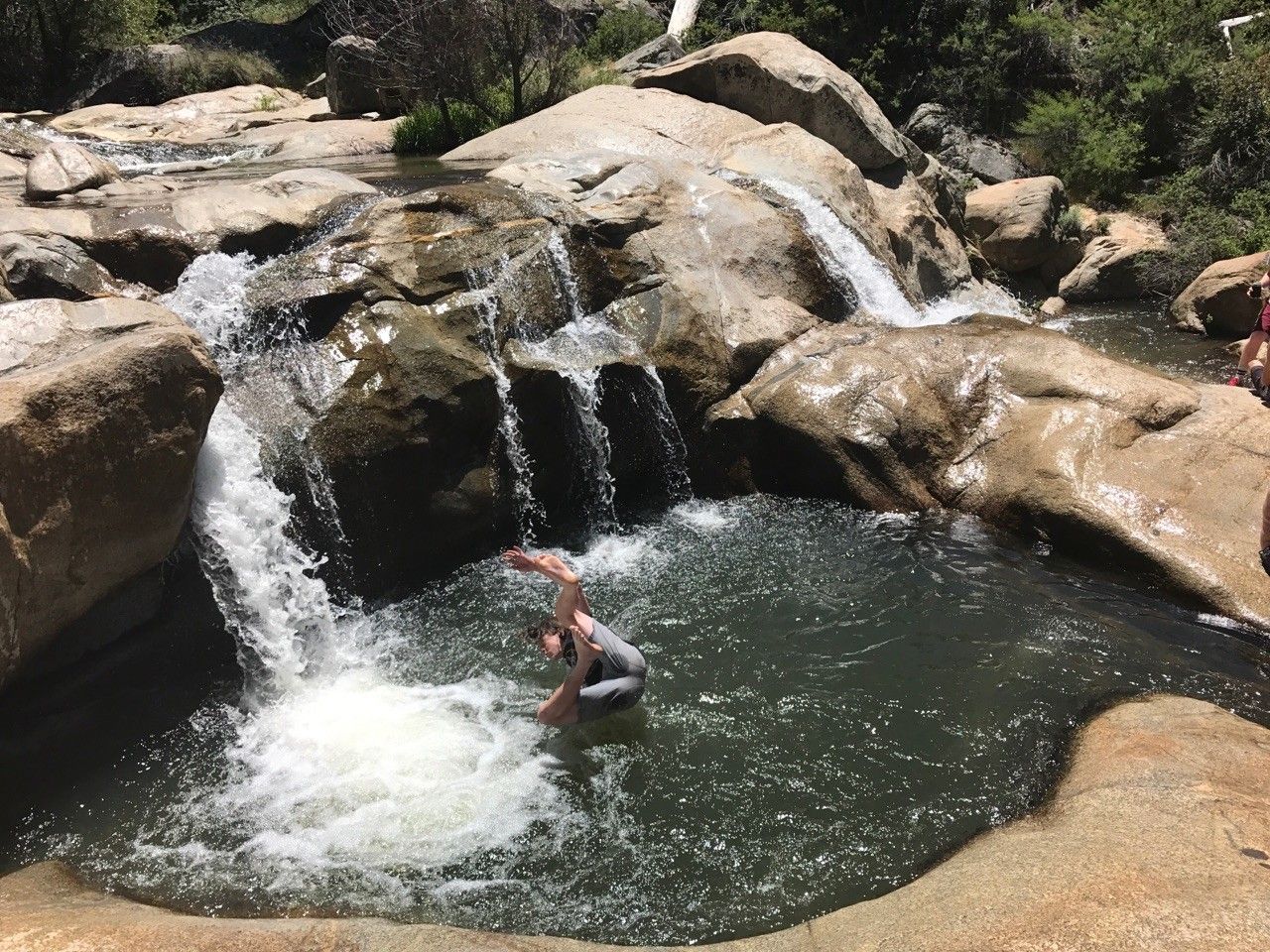
Green Valley Falls
If you want a low-commitment, high-reward trail, the Green Valley Falls provide a relaxed, scenic environment where many locals enjoy picnicking, sunbathing, bird-watching, and swimming in the several chilled pools at the bottom of the waterfalls. Get to the site early, as parking can fill up quickly. Check one of the four “Birds of Cuyamaca Rancho State Park” identification stations and see if you can spot an acorn woodpecker, a northern flicker, or a barn owl. Unfortunately, dogs are not allowed on this trail, so your pup will have to come along on the next adventure.
Length: 0.5 miles
Estimated time: 20 minutes
Price: $10 parking fee

Three Sisters Falls Trails
Named after the three different waterfalls you will encounter on this moderately intense hike, Three Sisters is for those who want more than just your average flat trek. There are a few areas along the popular path that require descending steep rocks, aided by ropes that have been bolted down, so take all the necessary precautions: Have enough water, shoes with grip, and a courageous attitude. While leashed dogs are allowed, ask your pooch ahead of time if they’re okay with doing some scrambling. The view of the waterfalls makes up for the rigorous journey it takes to get there, so relish in the beauty, splash some fresh water on your face, and stay alert to avoid slipping on wet rocks.
Length: 4.1 miles
Estimated time: 3–4 hours
Price: A California Adventure Pass must be purchased and displayed in the car to cover the cost of parking.
The post The 5 Best Waterfall Hikes in San Diego appeared first on San Diego Magazine.
]]>The post How to Bike the Once-Restricted Stowe Trail appeared first on San Diego Magazine.
]]>Stories of Marines on patrol citing trail users with violations were not uncommon, and in January 2016, things came to a tipping point when some 50 mountain bikes were seized. Outrage ensued. Public meetings were held. The decades-long work of former County Supervisor Dianne Jacobs, along with the leadership of San Diego Mountain Bike Association and support from local advocates and elected officials resulted in an agreement with MCAS Miramar in early 2017. It allowed people to use the Historic Stowe Trail, if they had a permit (see how to get a permit below).
At nearly four miles long from end-to-end, the trail morphs between being double track and single track, passing through a copse of oak and sycamore trees. Coyotes wander, quail swoosh, and during wildflower season, a painter’s palette colors the surrounding landscape, highlighted by one area that in some years becomes a California poppy lover’s dream.
With signage the entire way, it is impossible to get lost while out there. There are trails veering off the Stowe Trail, but officially, they are not part of the permitted areas. On the northern end of the trail, it connects into Goodan Ranch/Sycamore Canyon County Preserve, where you can continue to ride other trails, with Martha’s Grove Trail being one of my favorites in all of San Diego County.
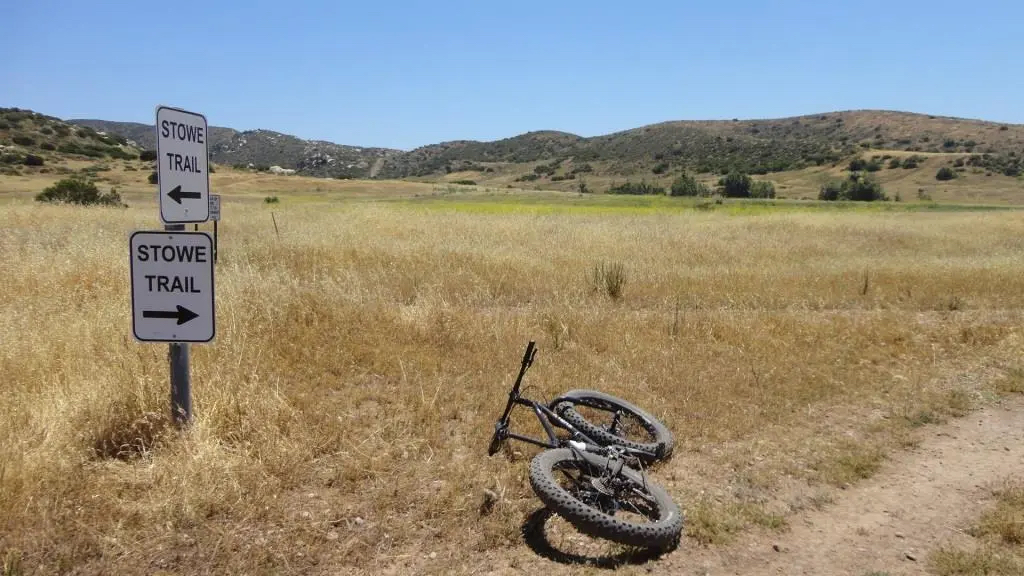
How to Get a Stowe Trail Permit
Begin by going to the Miramar Marines official website and downloading the forms. All parties wanting to access the trail will need a permit which is required for those 10-years-old and older.
Fill out the forms and drive to MCAS Miramar’s East Gate entrance off of I-15. When you drive up to the security checkpoint, the person on duty will direct you to the transportation office, which is on the right. Proceed to the parking lot there and go inside.
When called, present your documents, along with your driver’s license. If you don’t have one, a U.S. passport will suffice. You also need to provide the person with your Social Security number, but you do not need to show them a social security card. Assuming everything is filled out correctly, they’ll ask you to take a seat and wait while they run a background check.
If that all checks out okay, you’ll get called up to a window to have your photo taken and then you’ll wait a few minutes while they print your permit to access the Stowe Trail. It is good for only one-year, so you’ll need to renew it annually.
Note: Currently, to access the Stowe Trail in Santee, there is a new temporary entrance. You should park your car along Ganley Rd. and then bike north on Strathmore Rd., about a half mile where it dead ends at a cul-de-sac. Step through the opening in the fence, as is indicated there. Proceed up the slight rise/hill, staying to the left. The trail will connect into Stowe Trail that is down on the left. At that point, turn right and ride north towards Poway via the Stowe Trail, taking in views of the distant Cuyamacas to the east.
The post How to Bike the Once-Restricted Stowe Trail appeared first on San Diego Magazine.
]]>